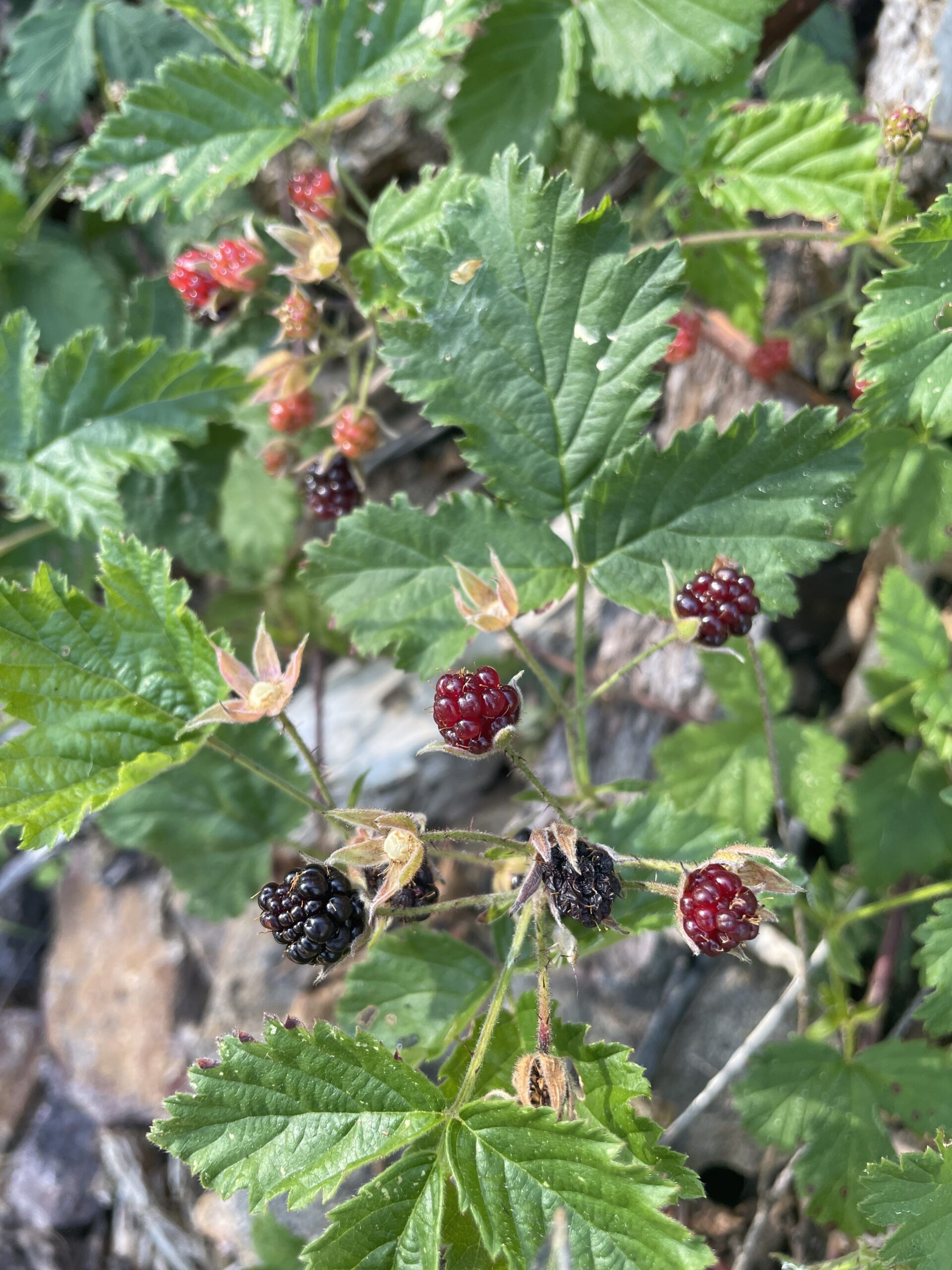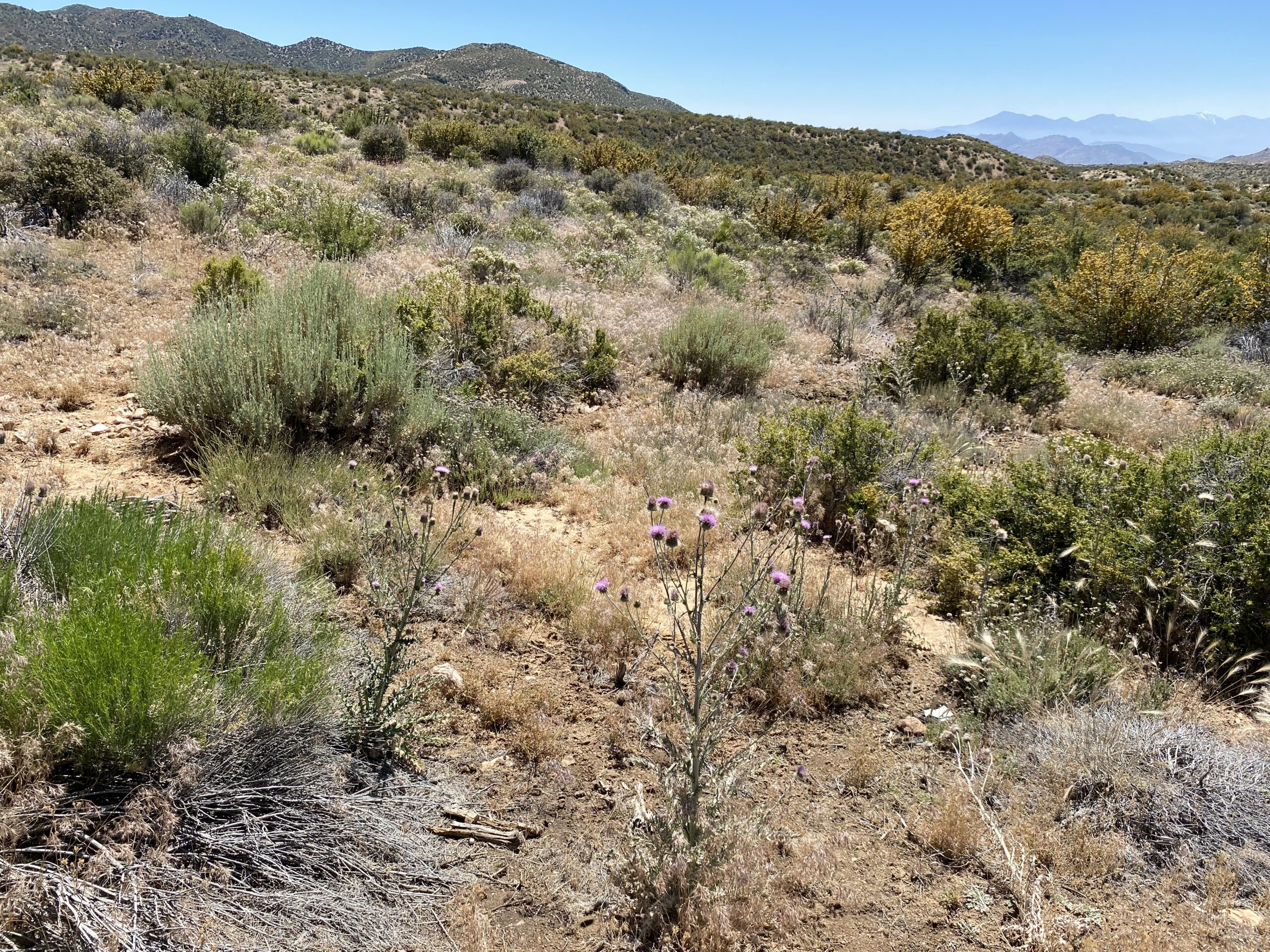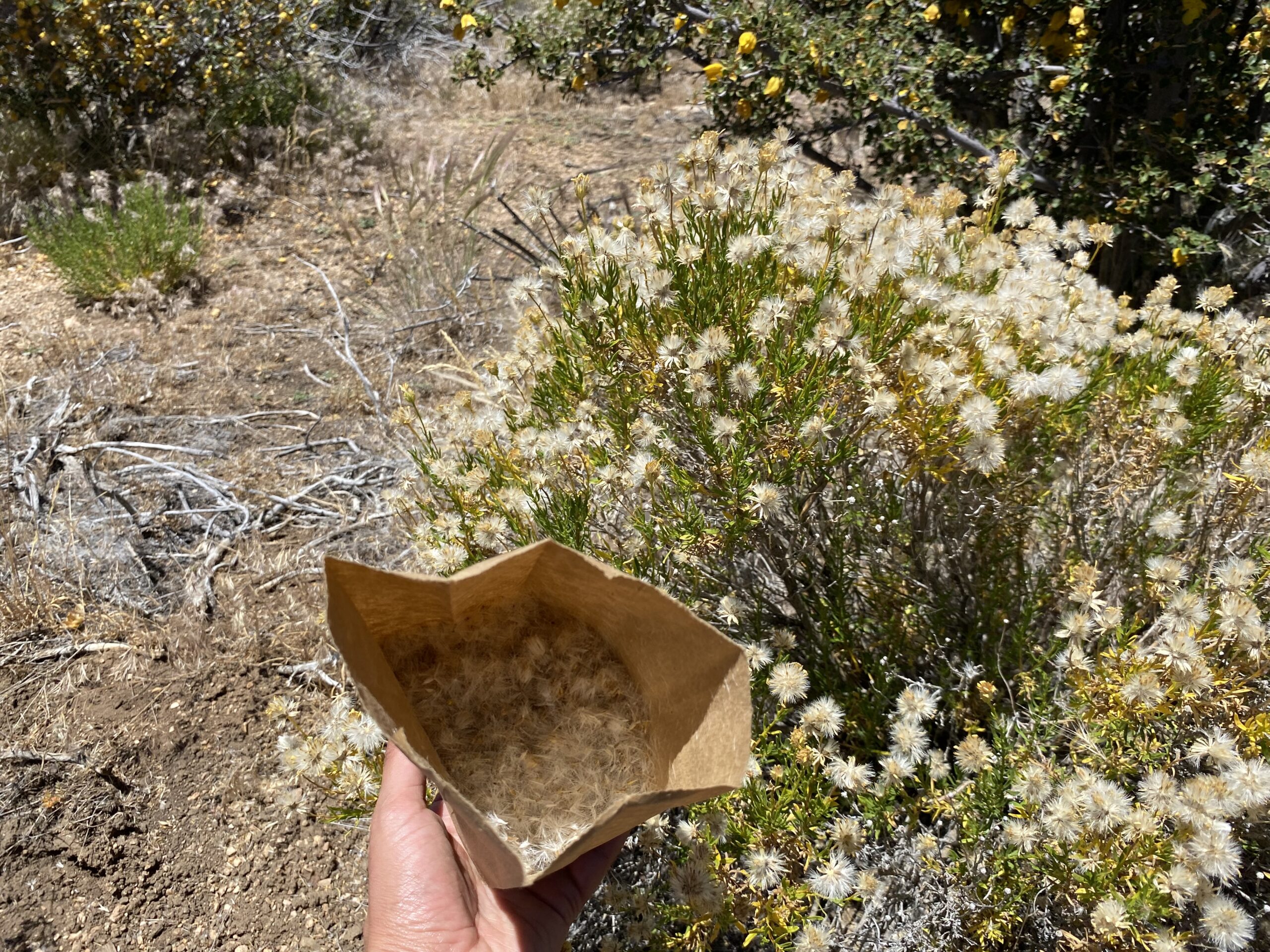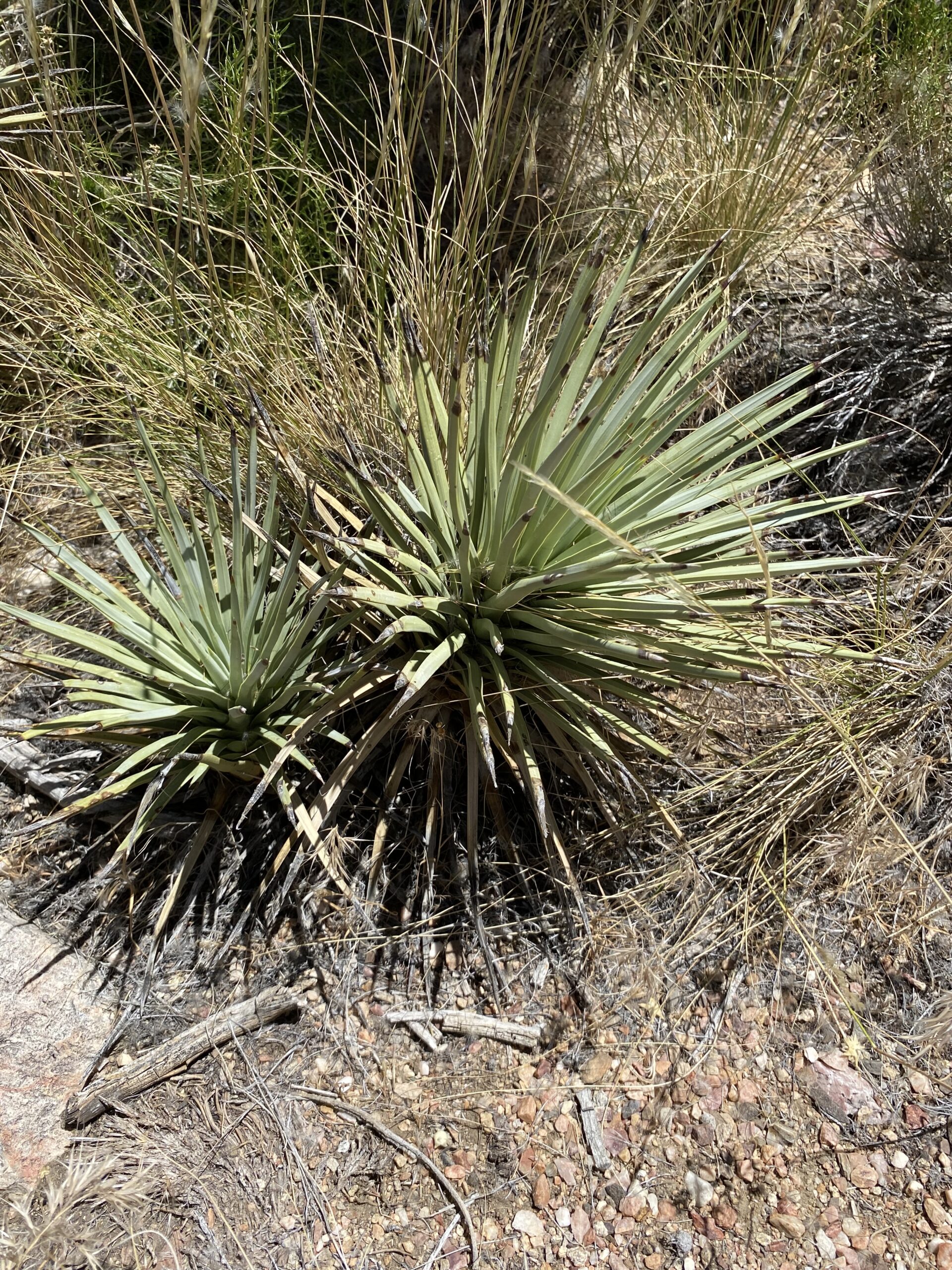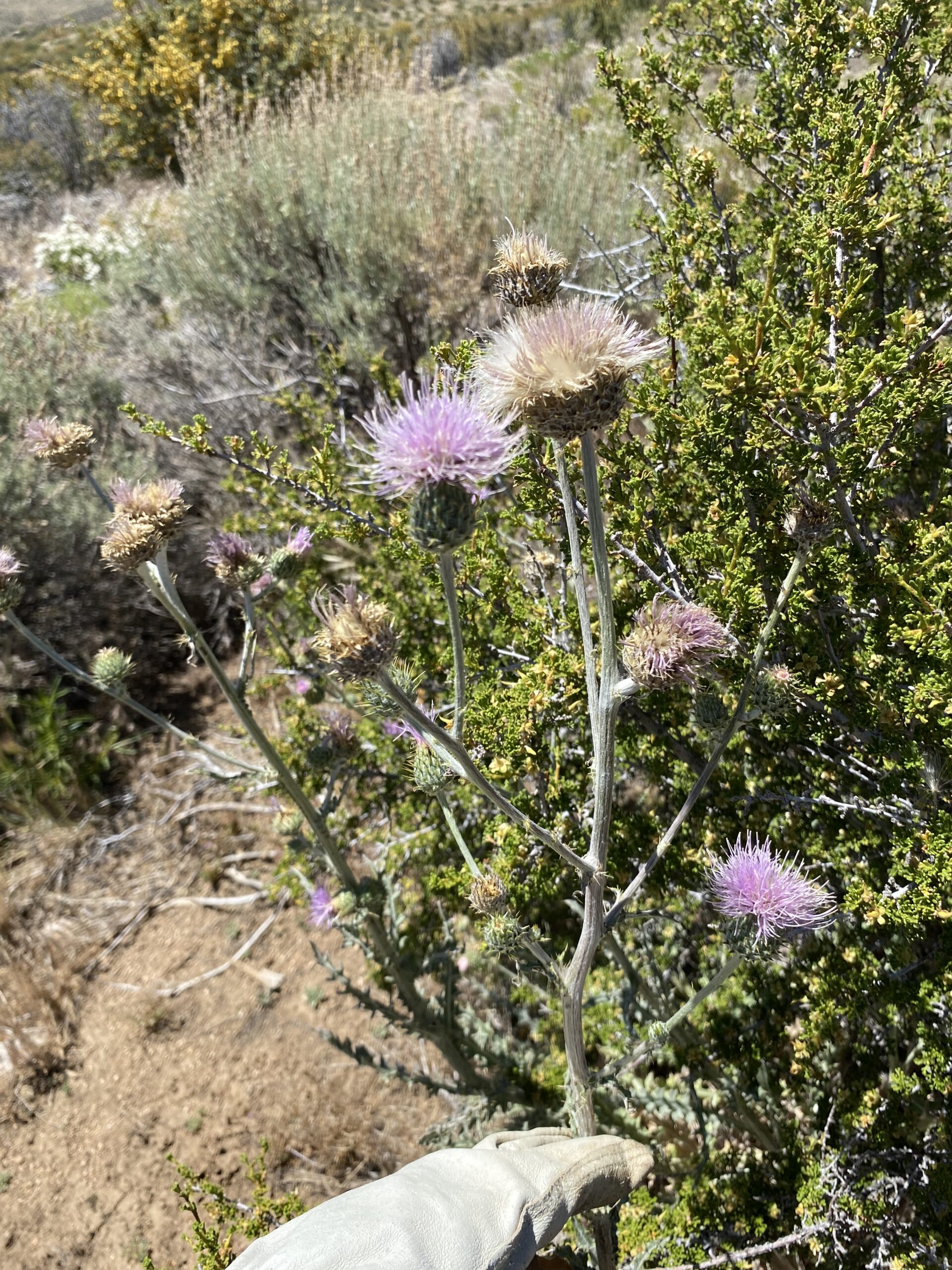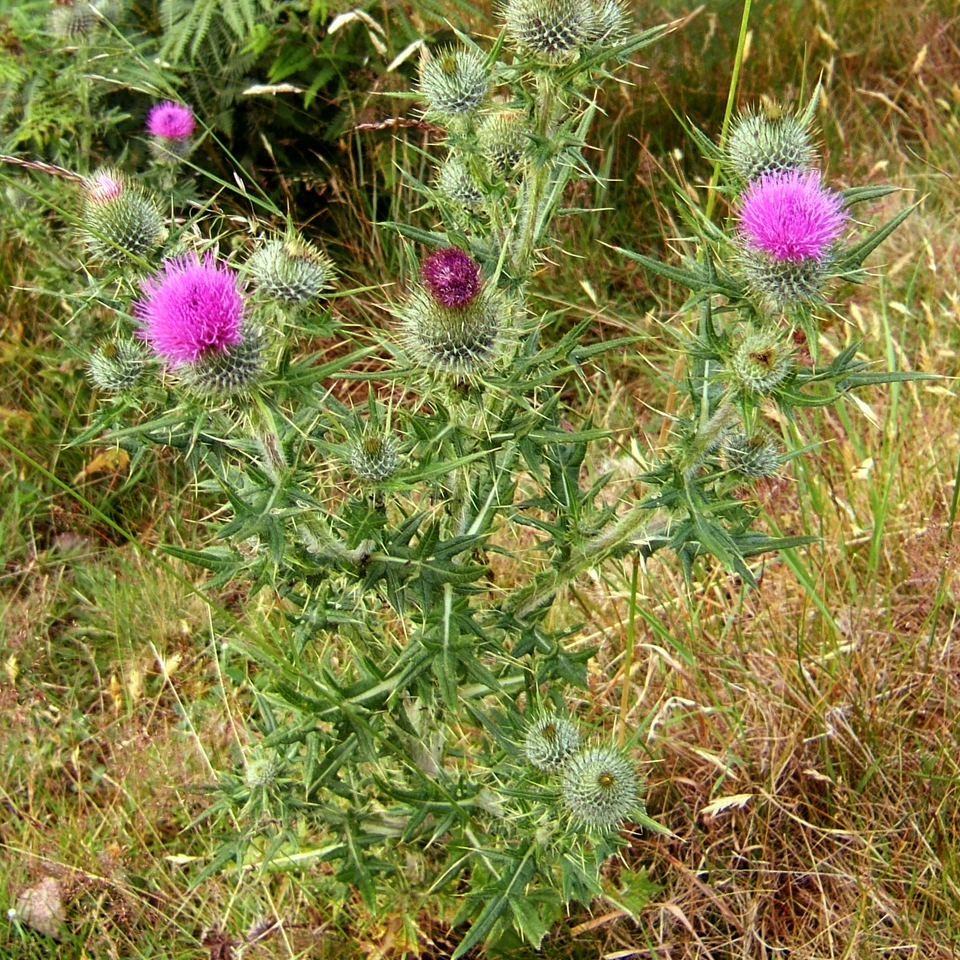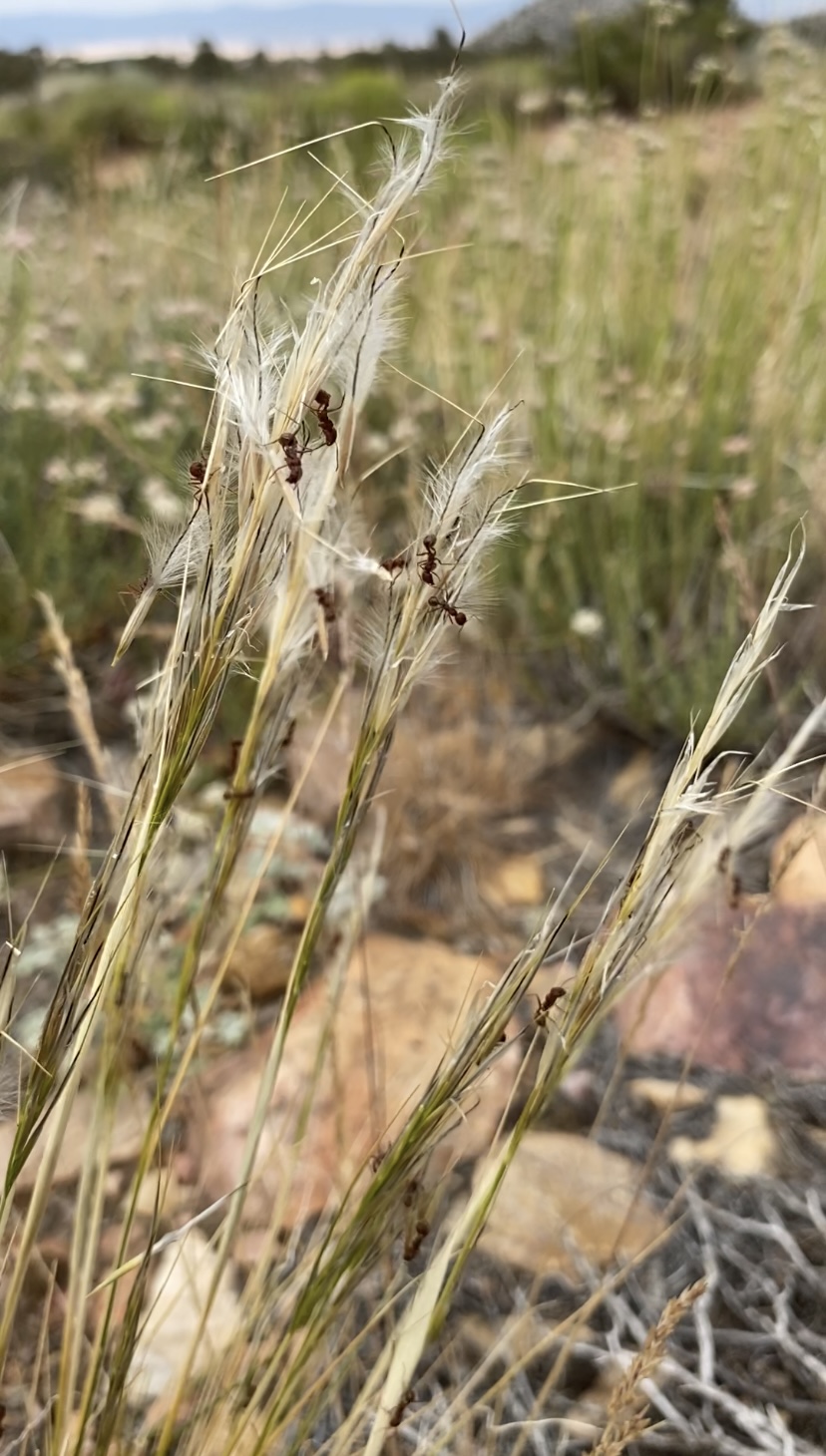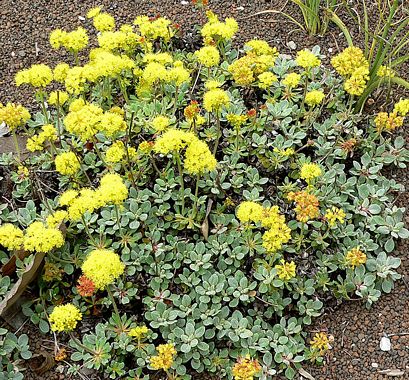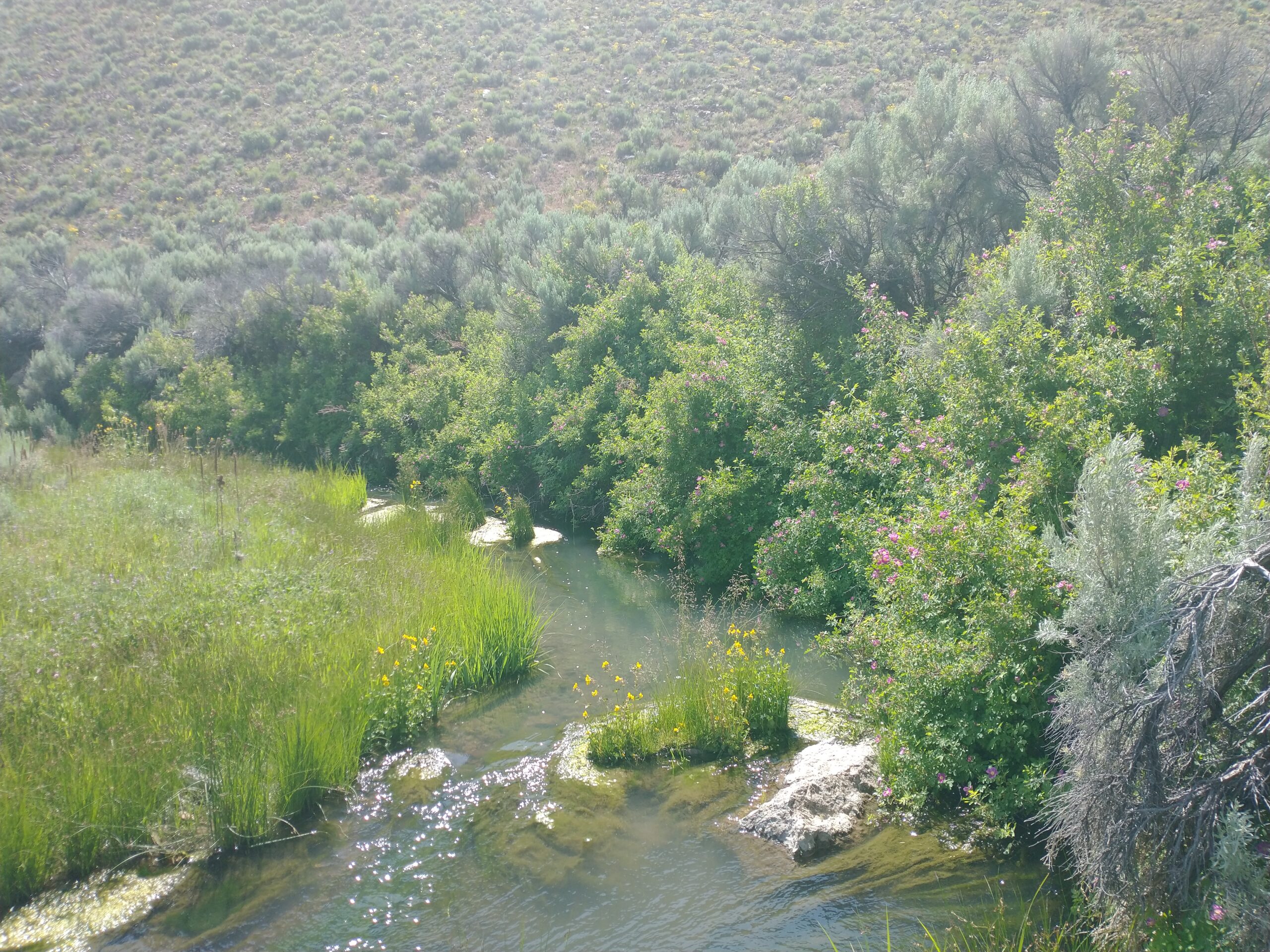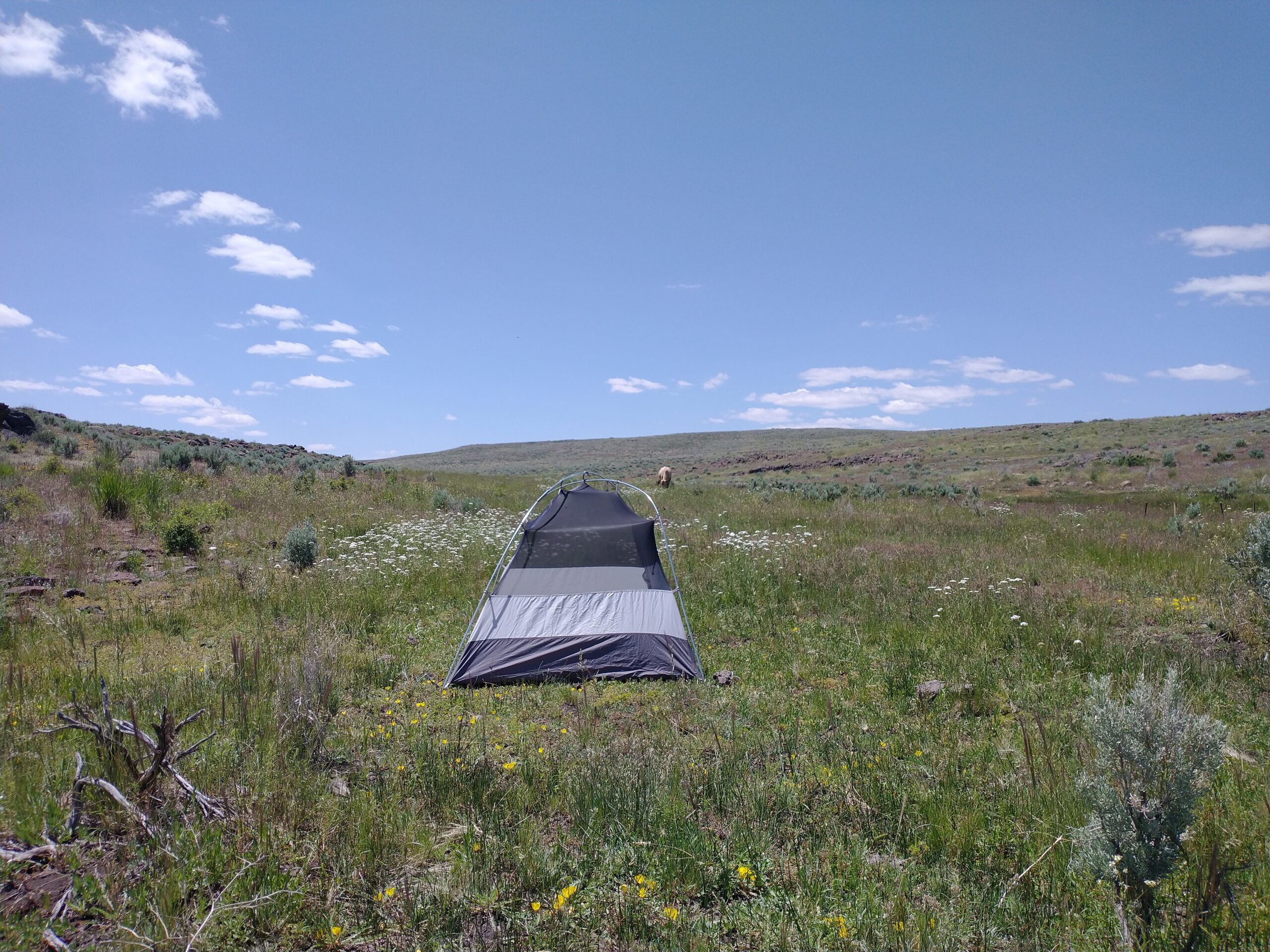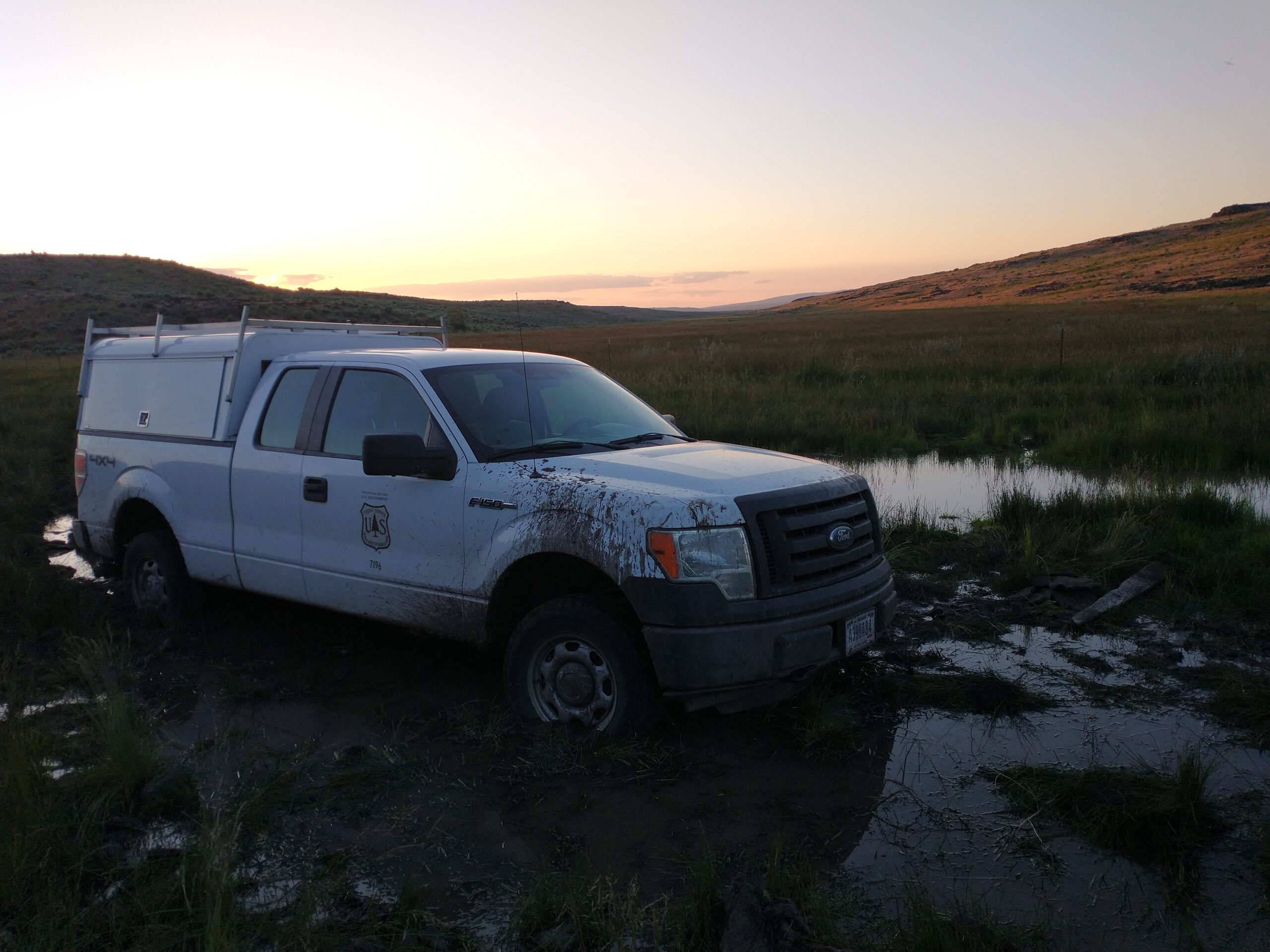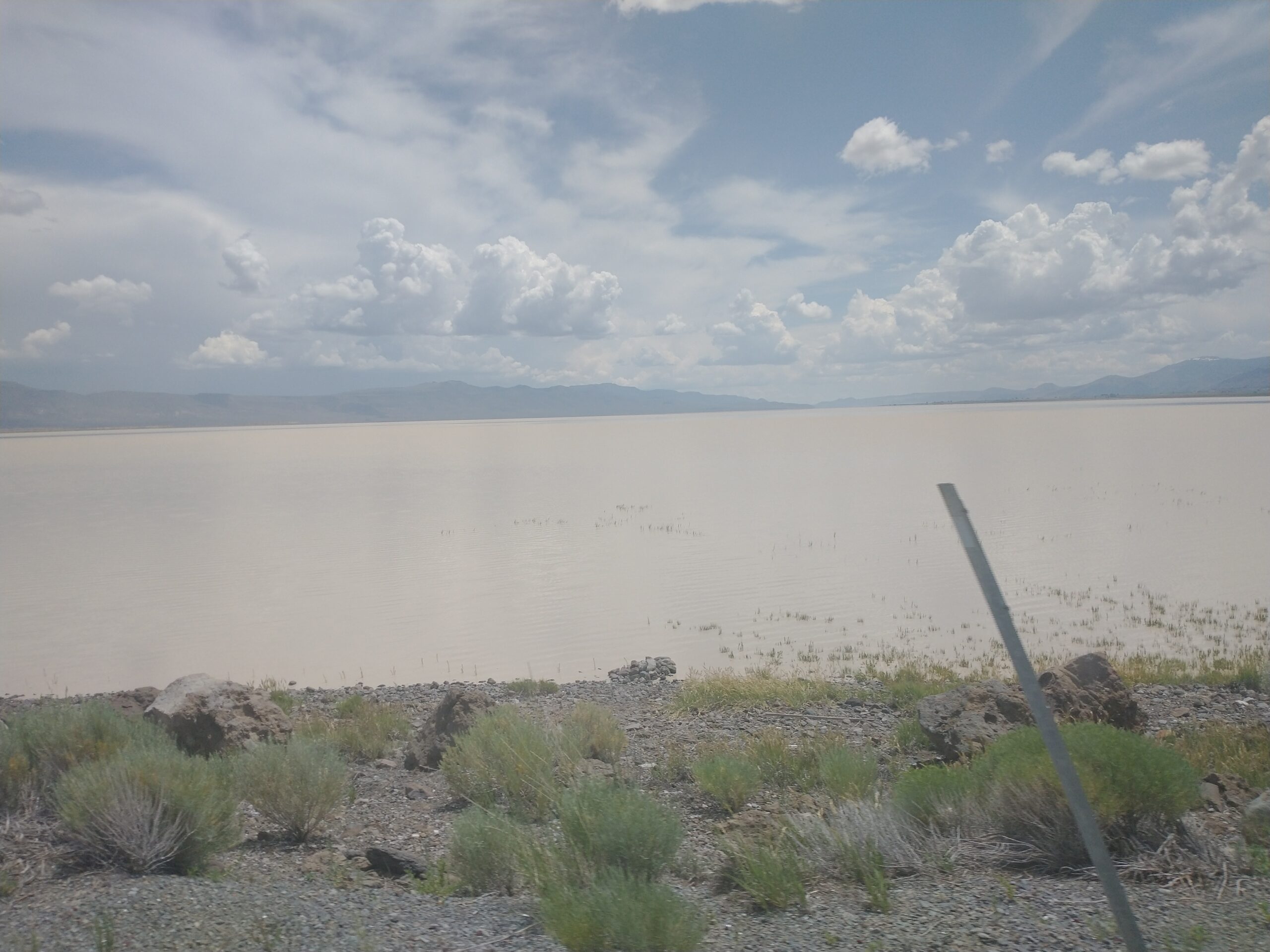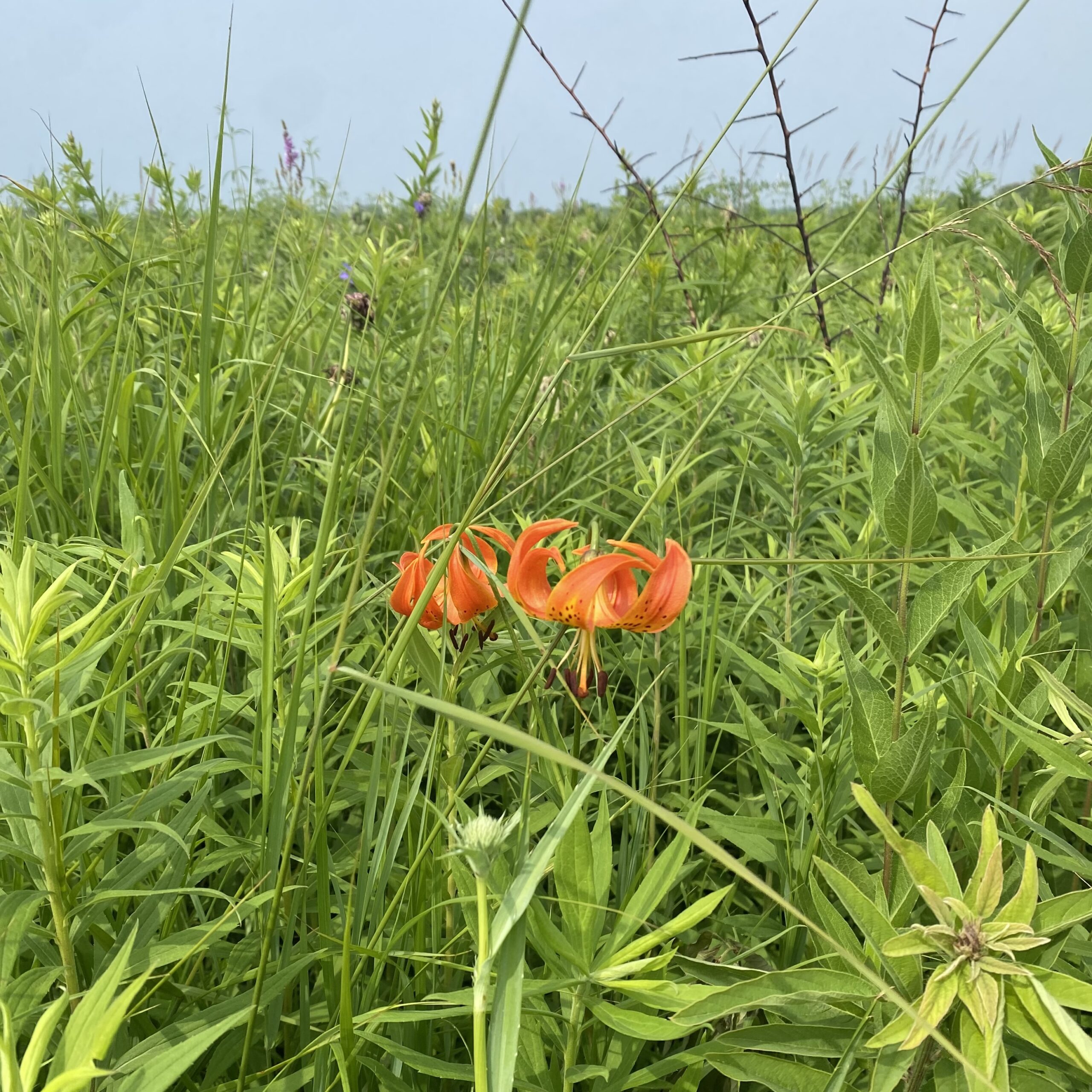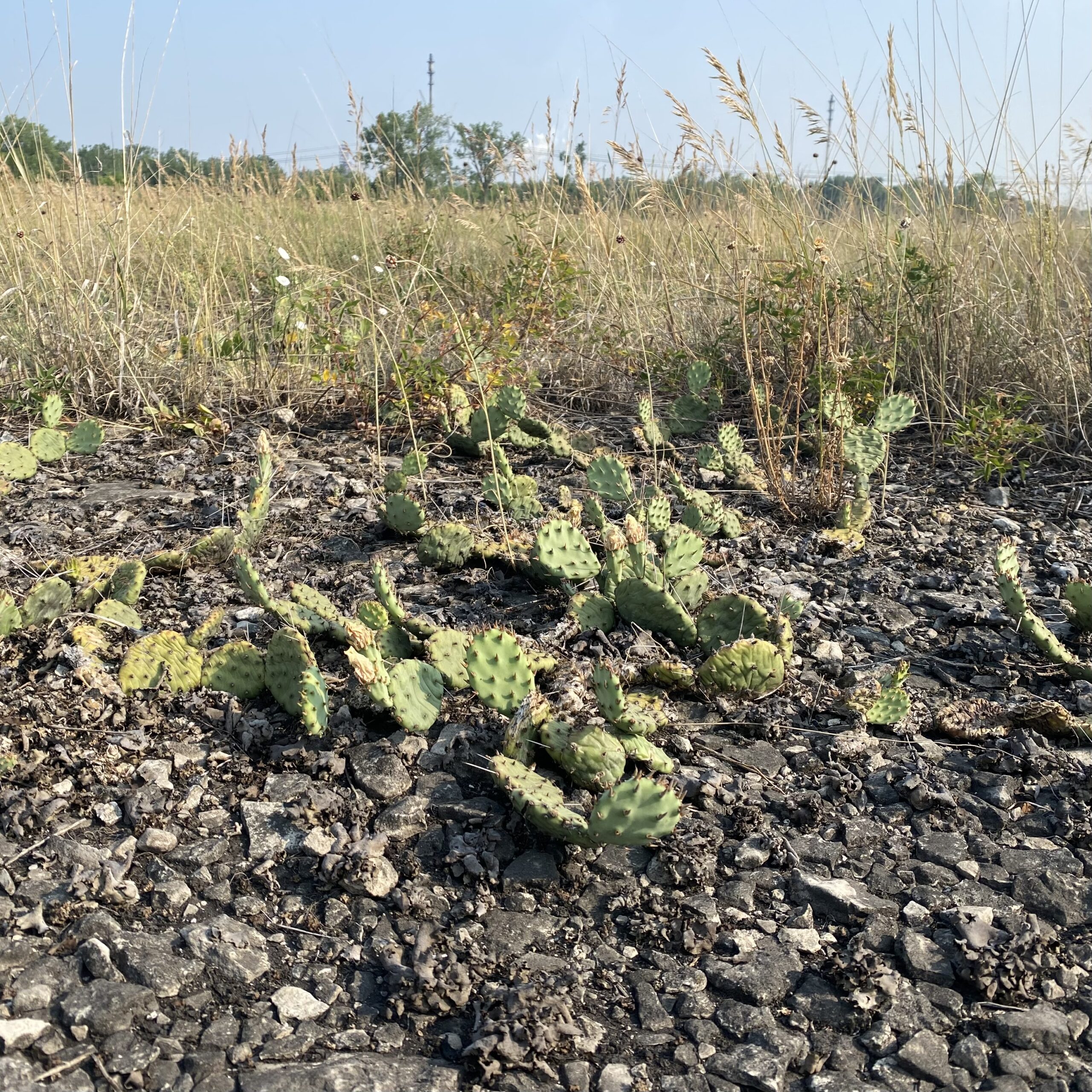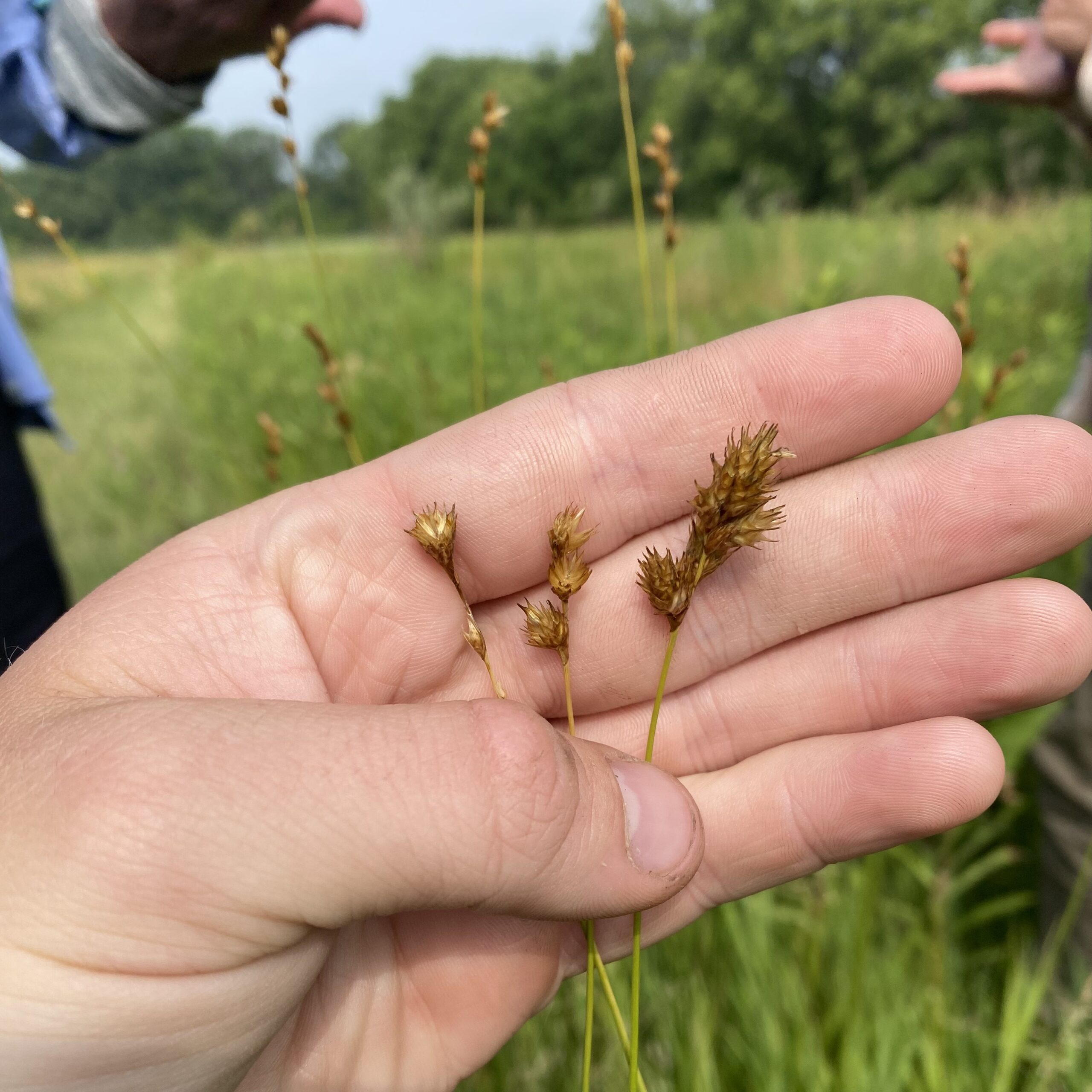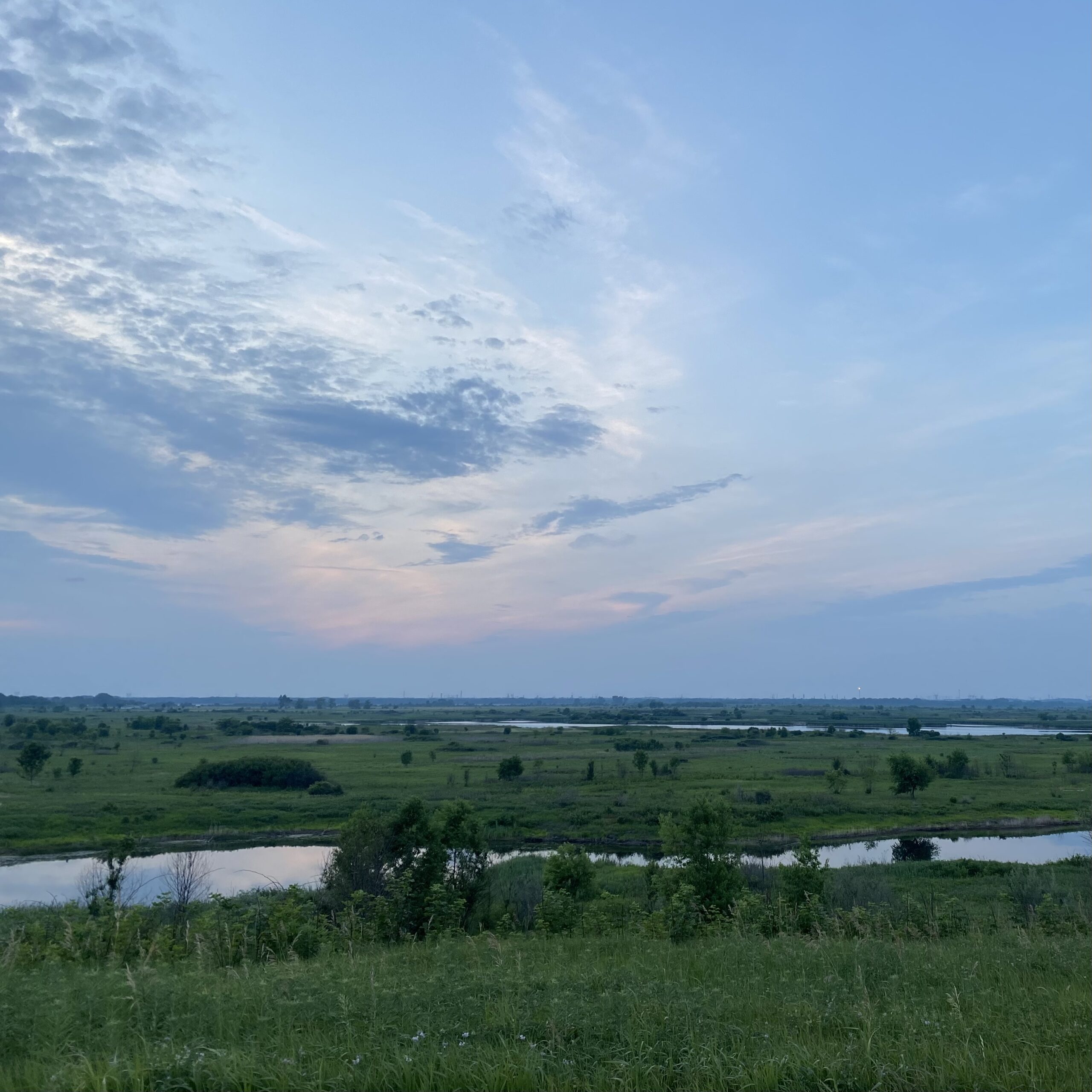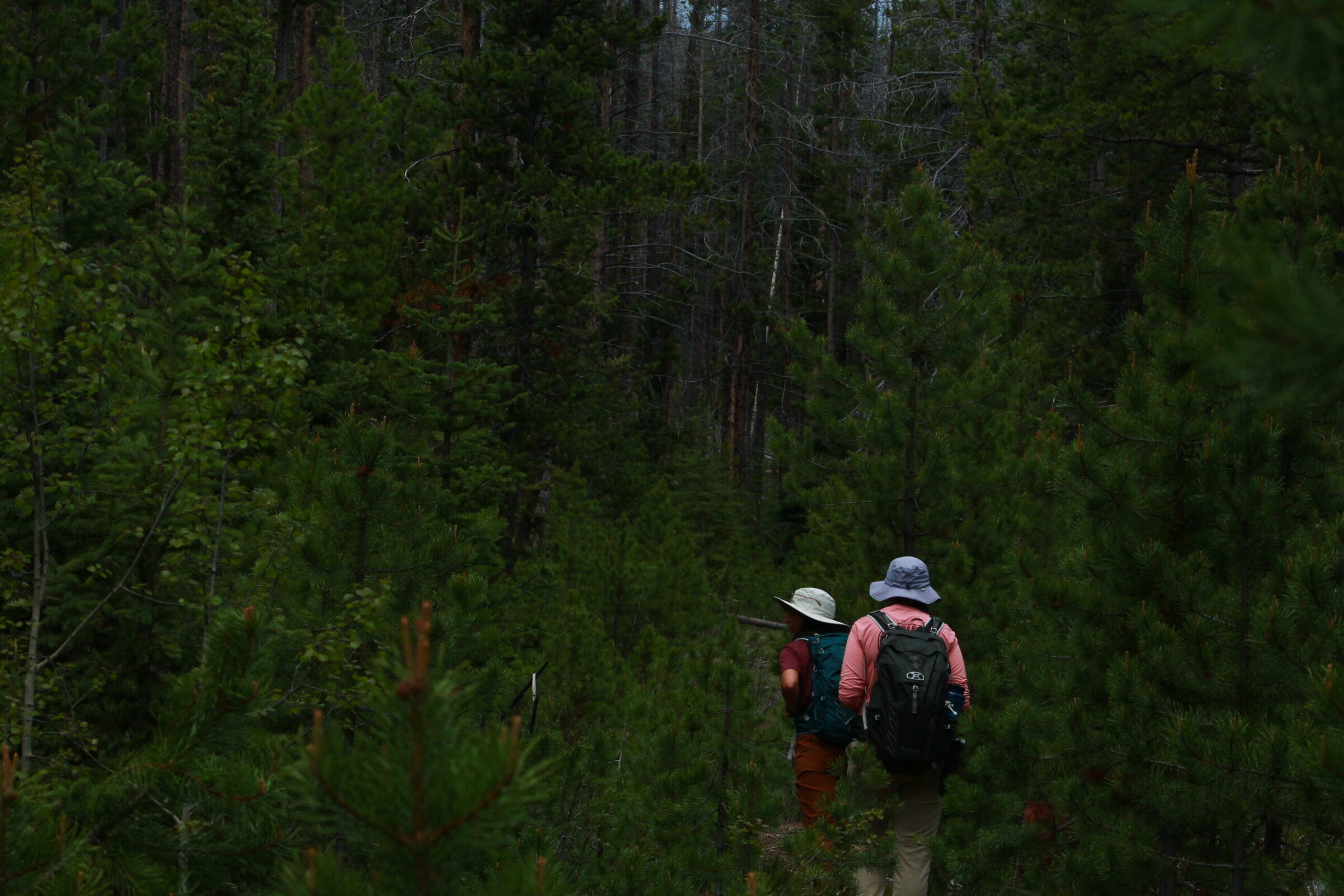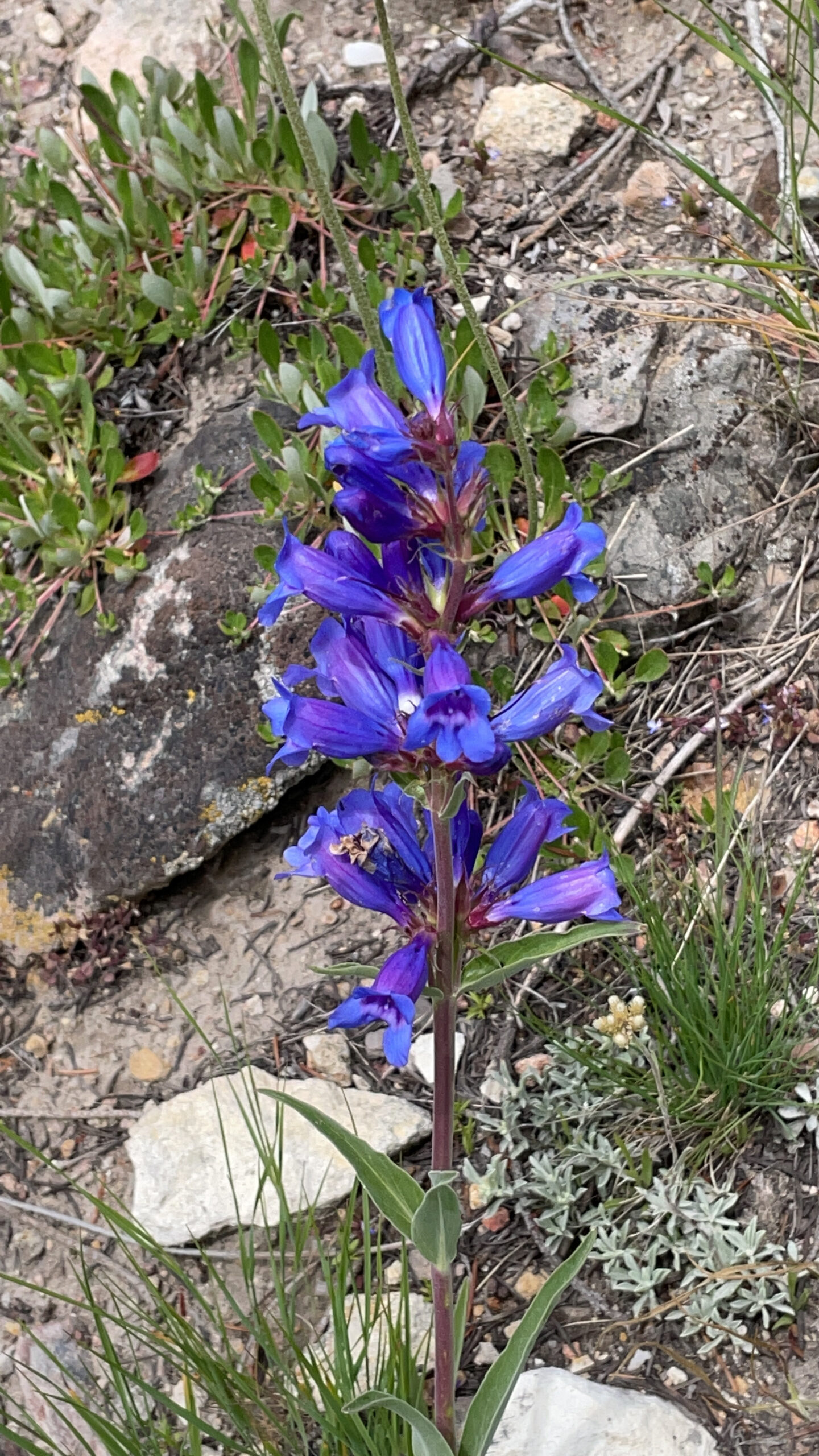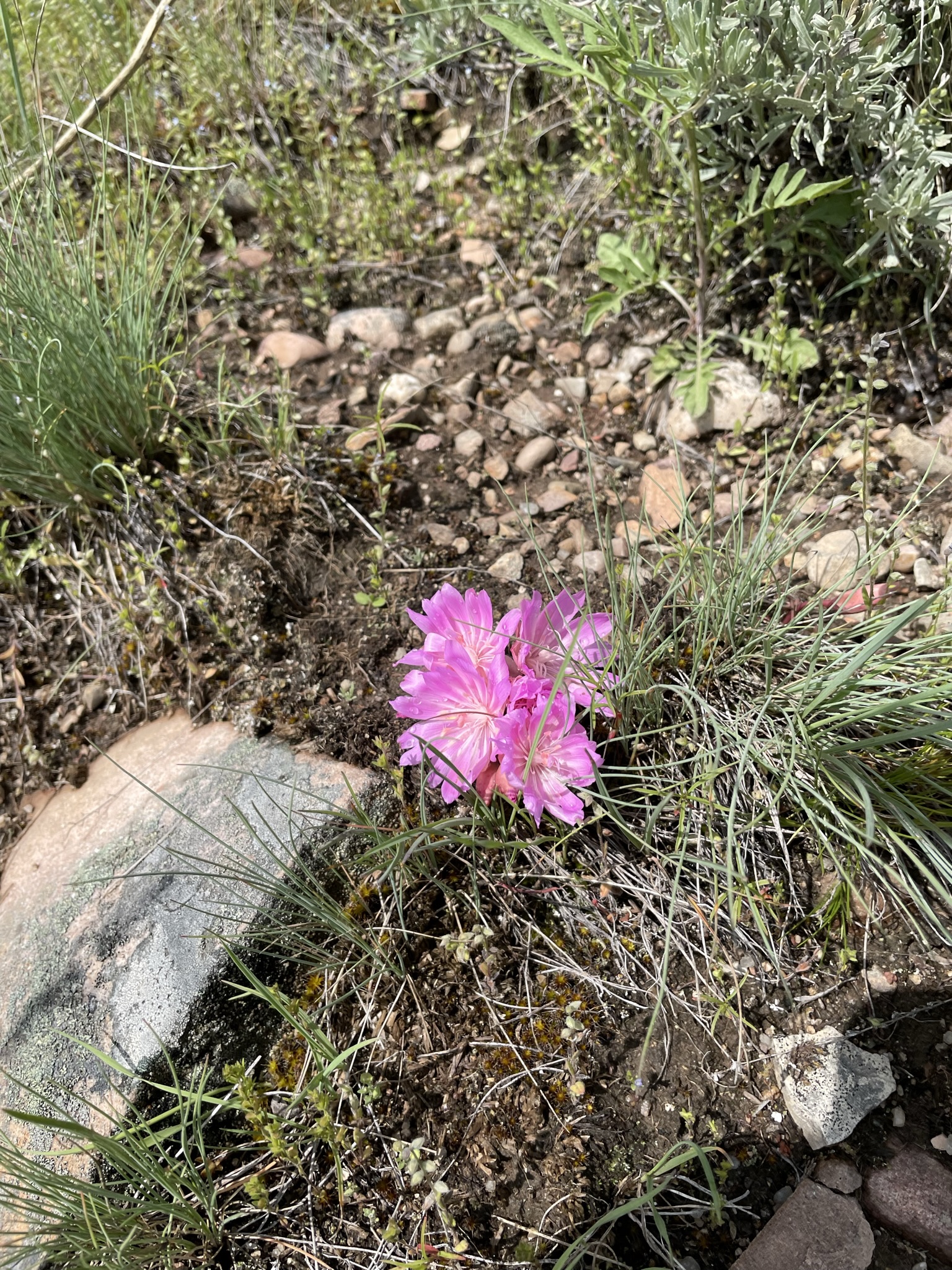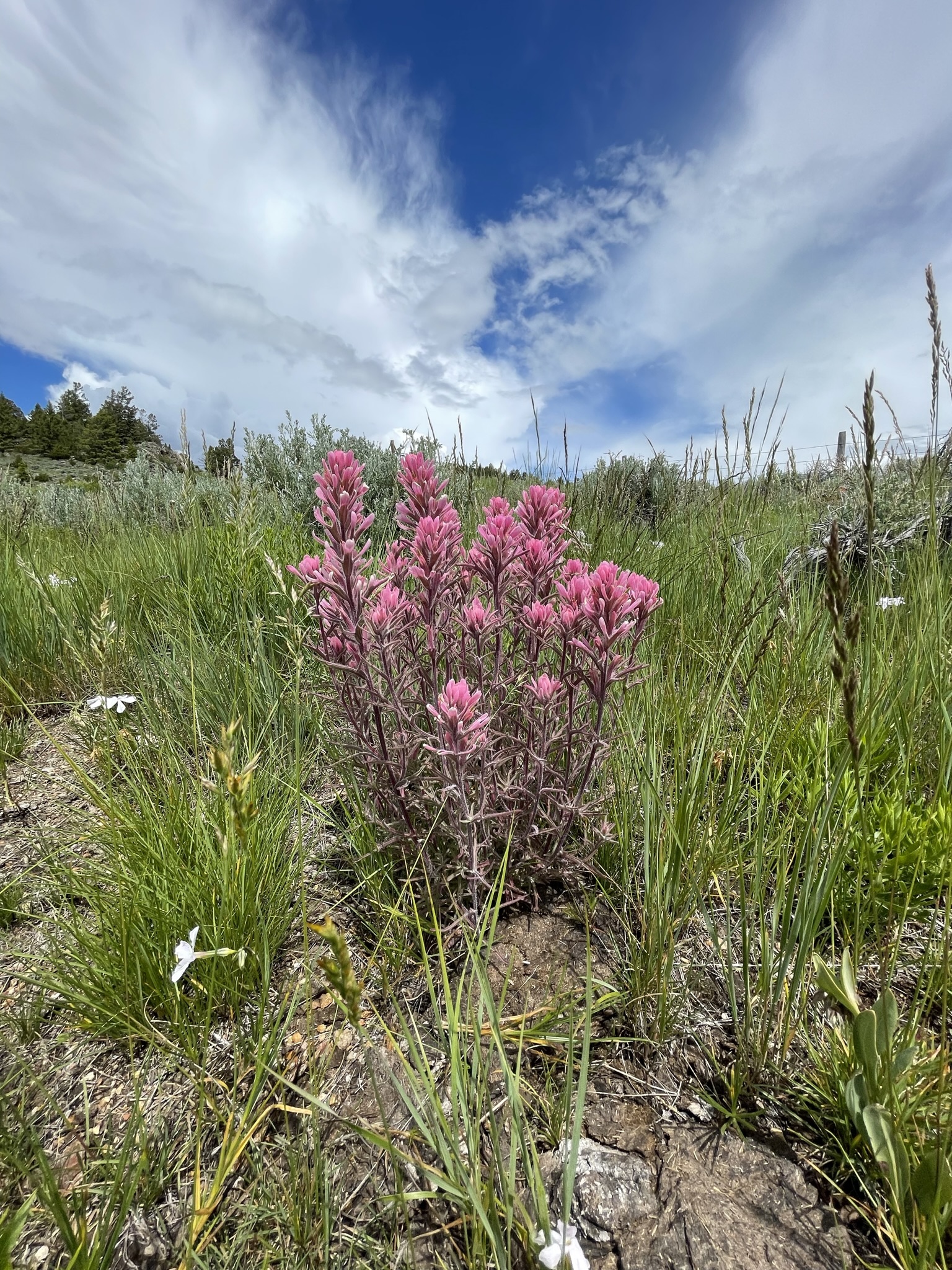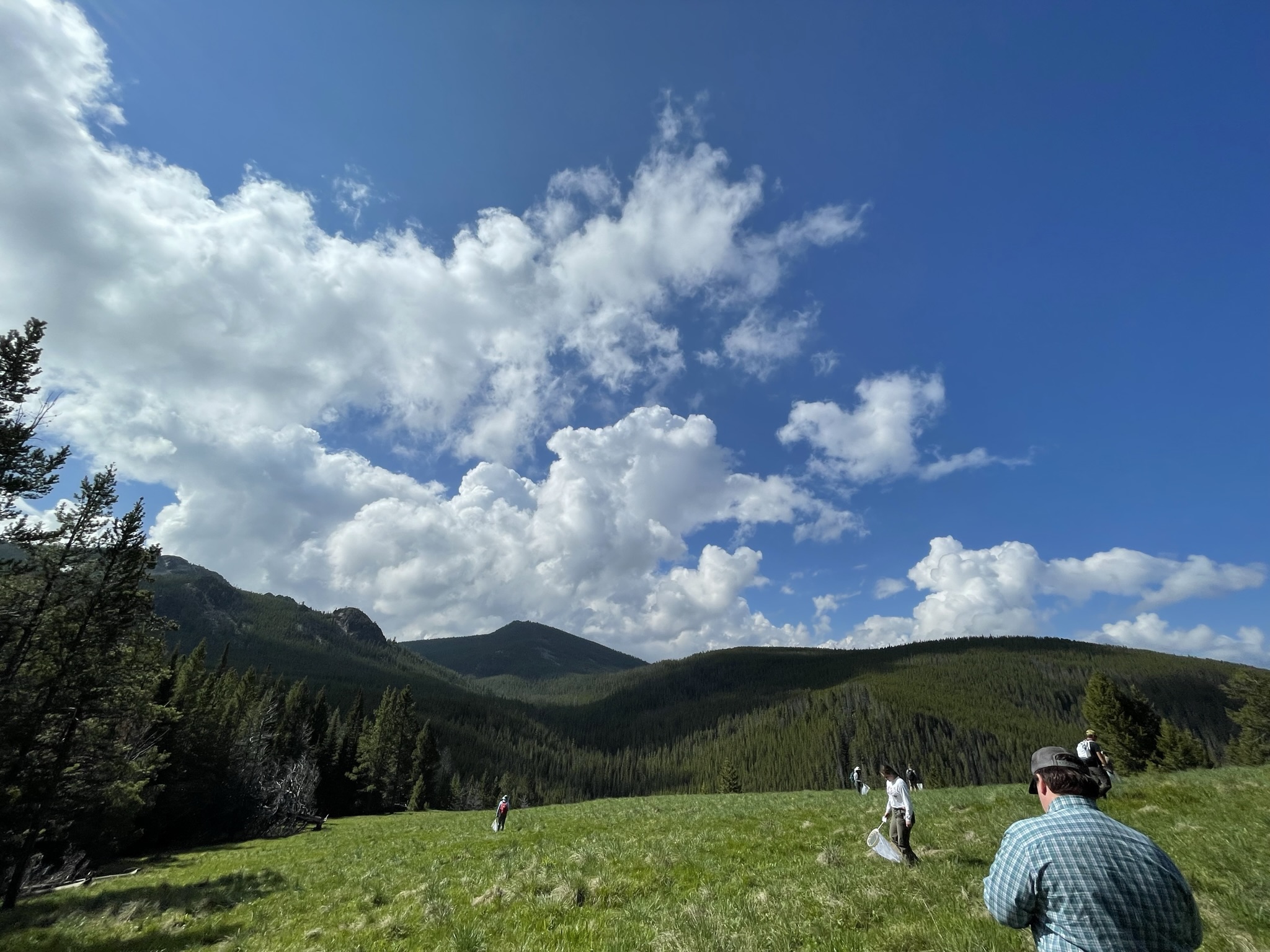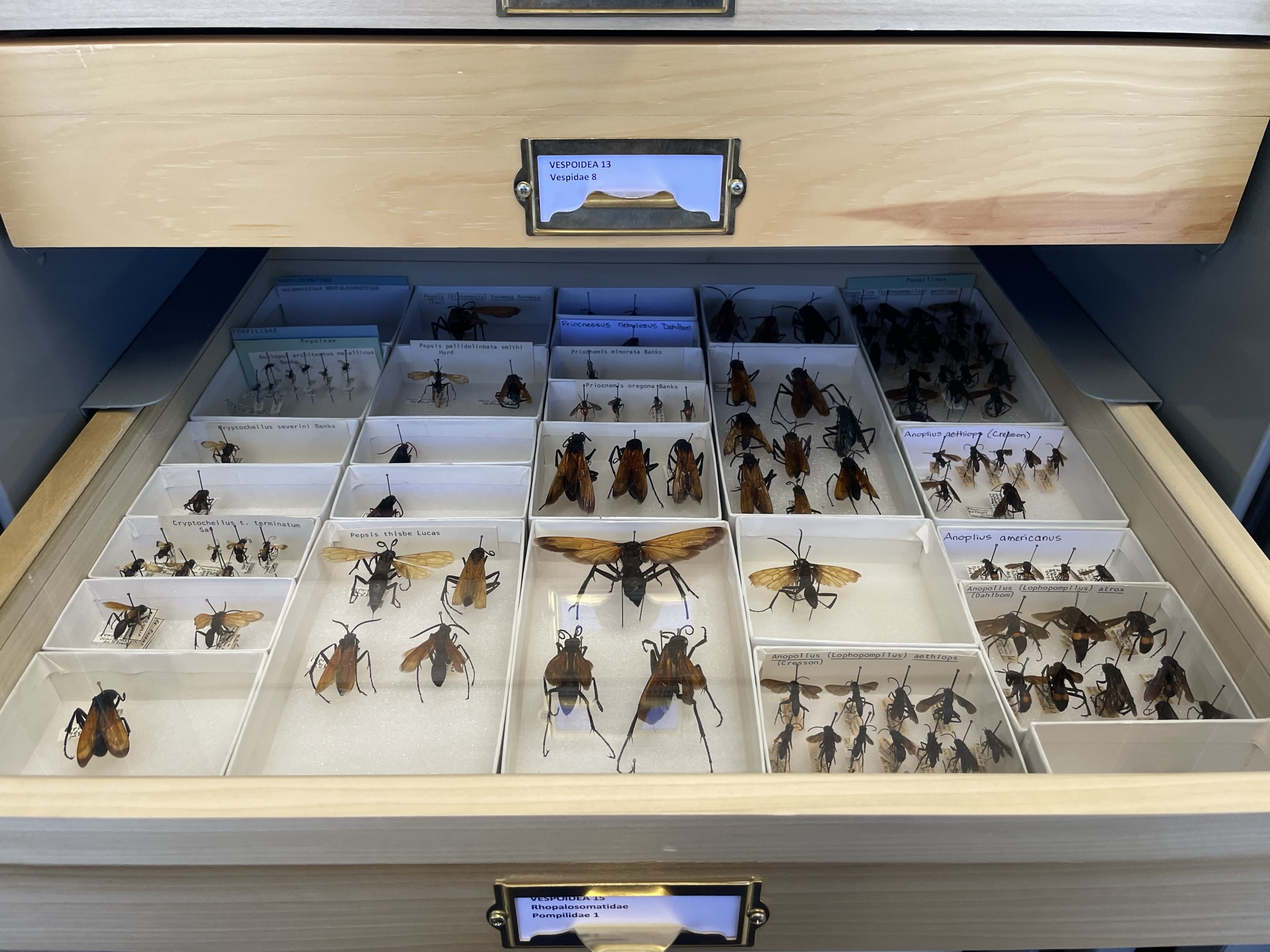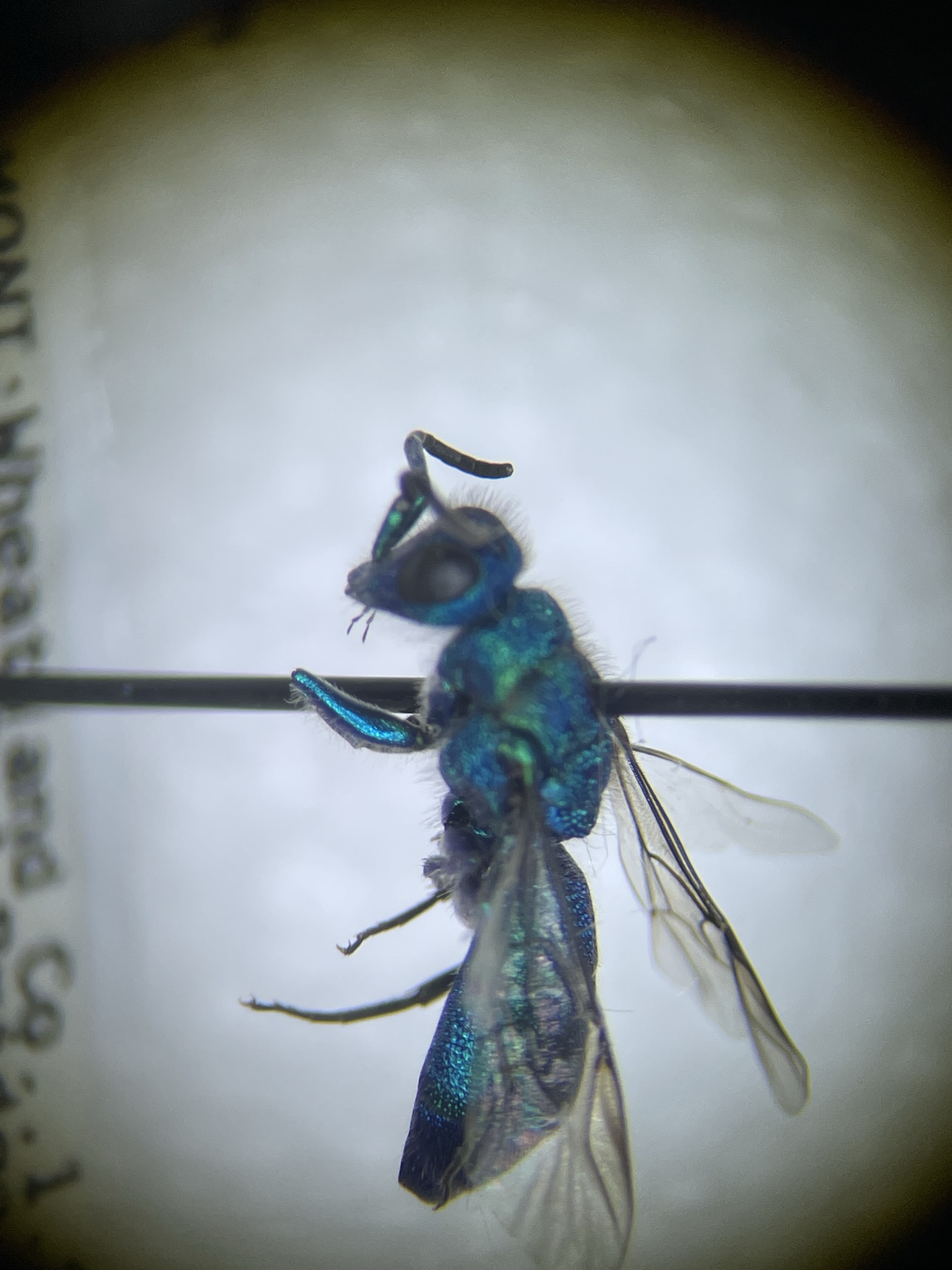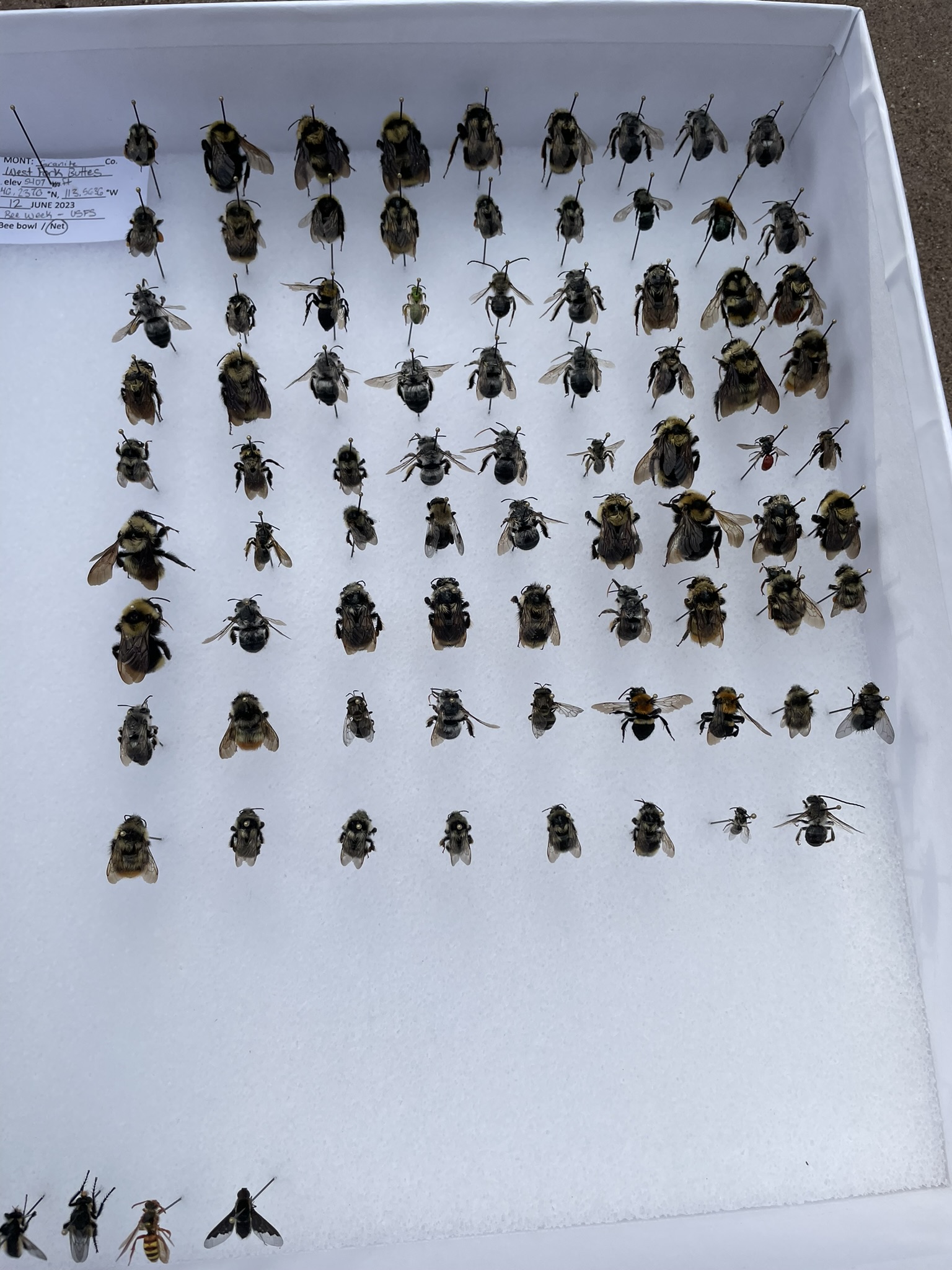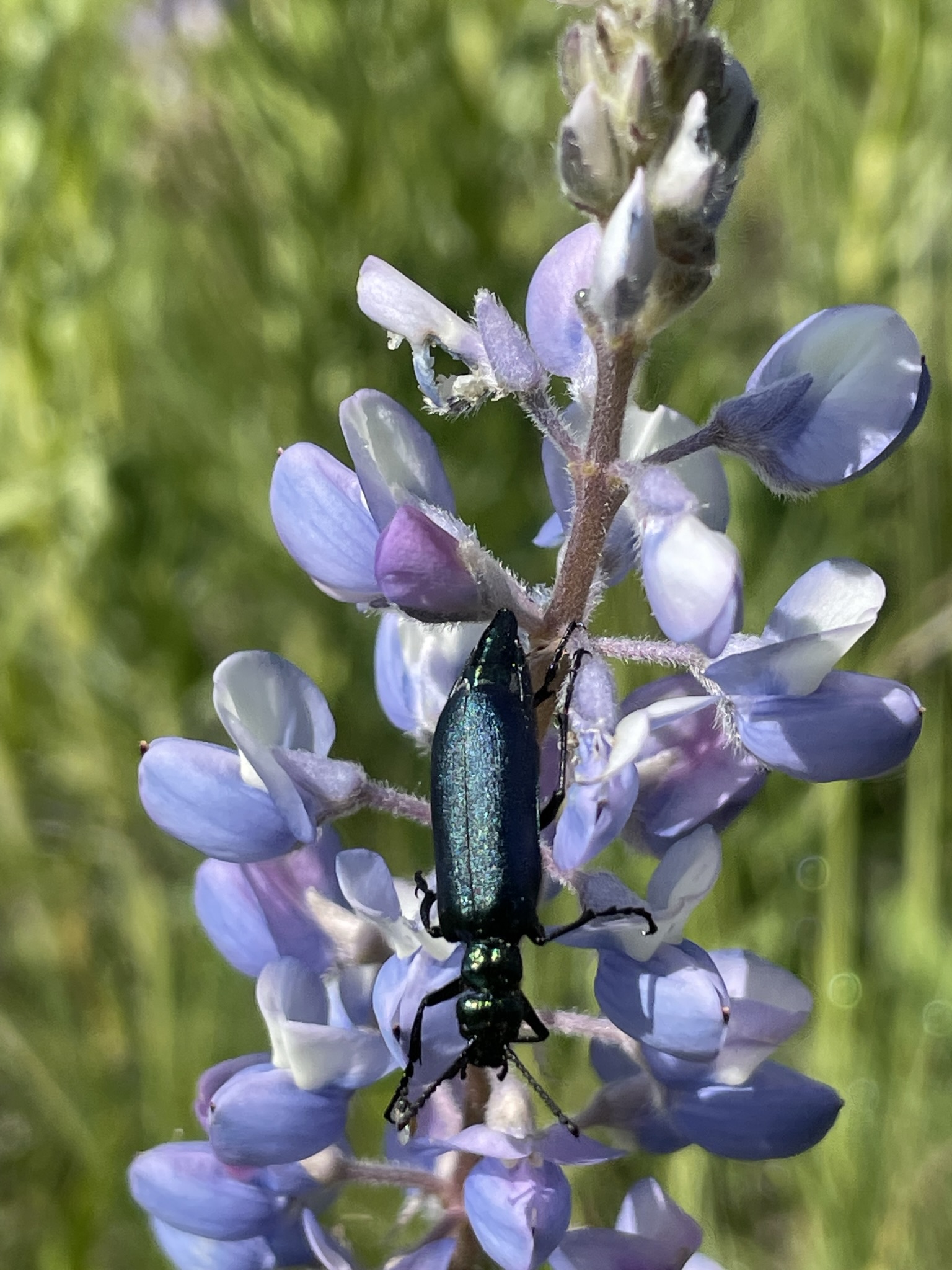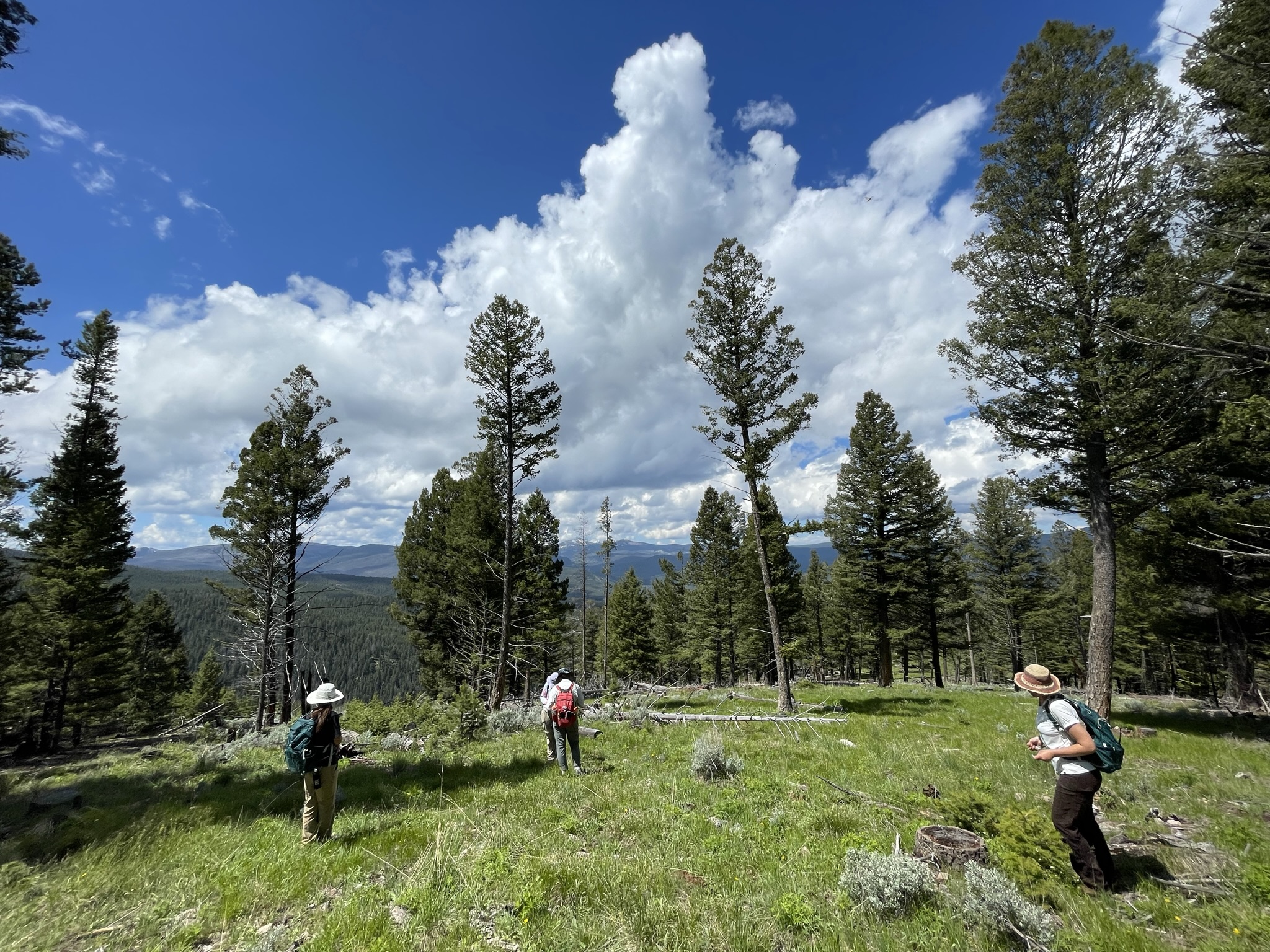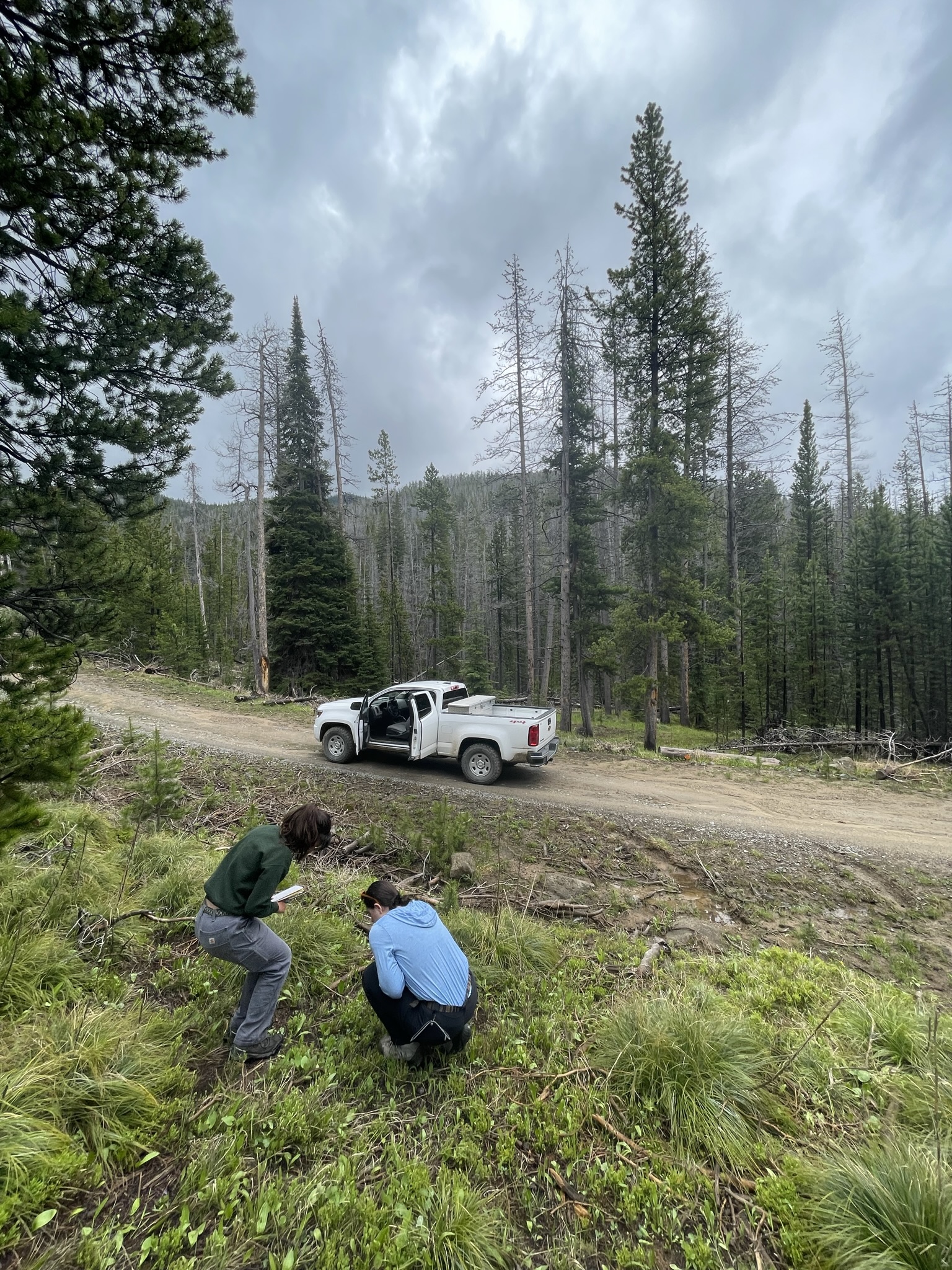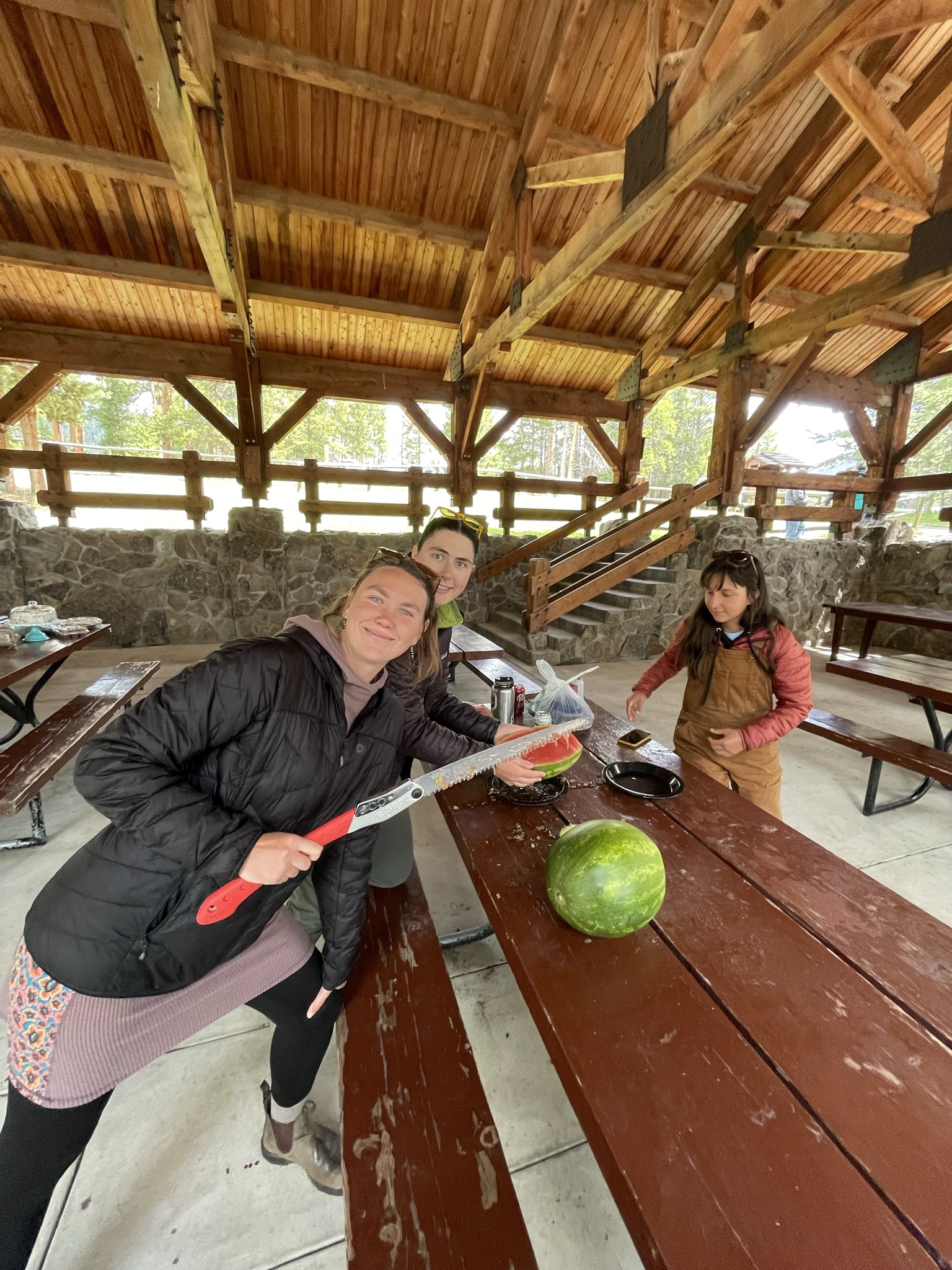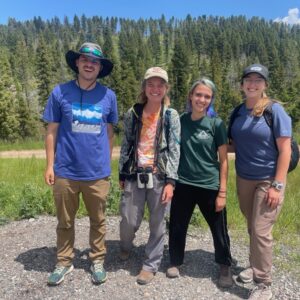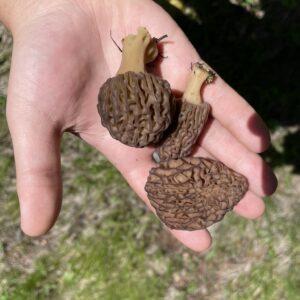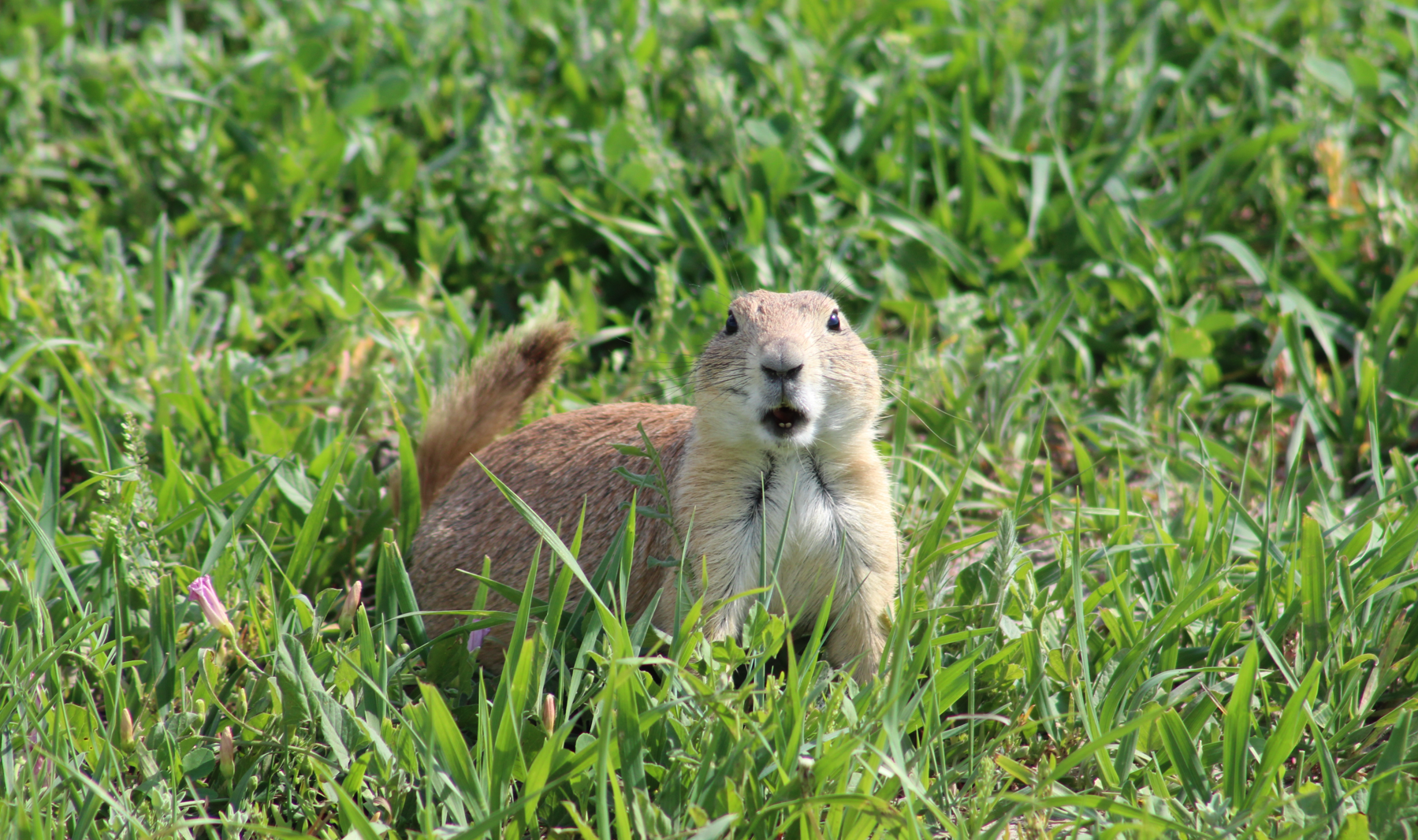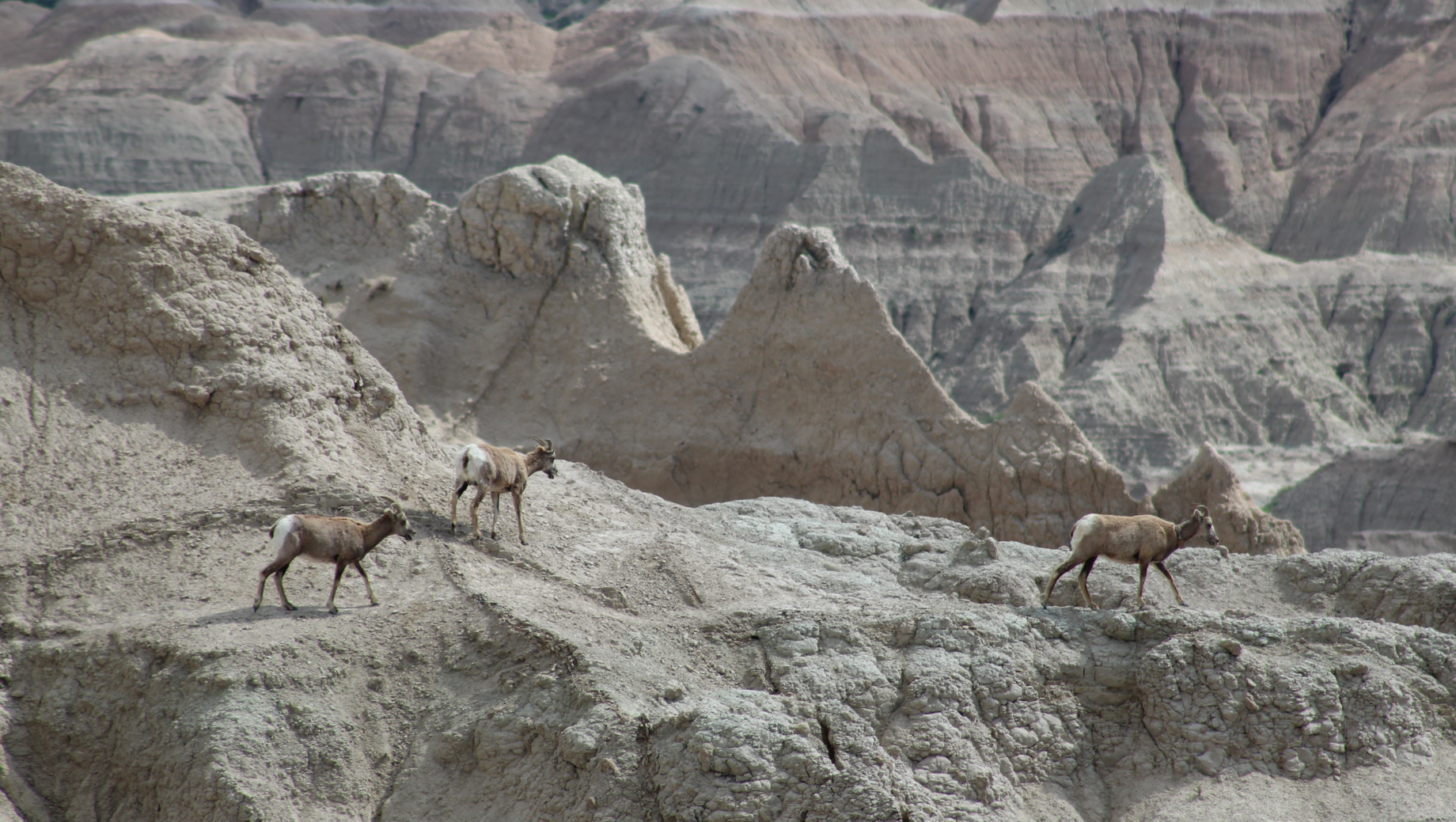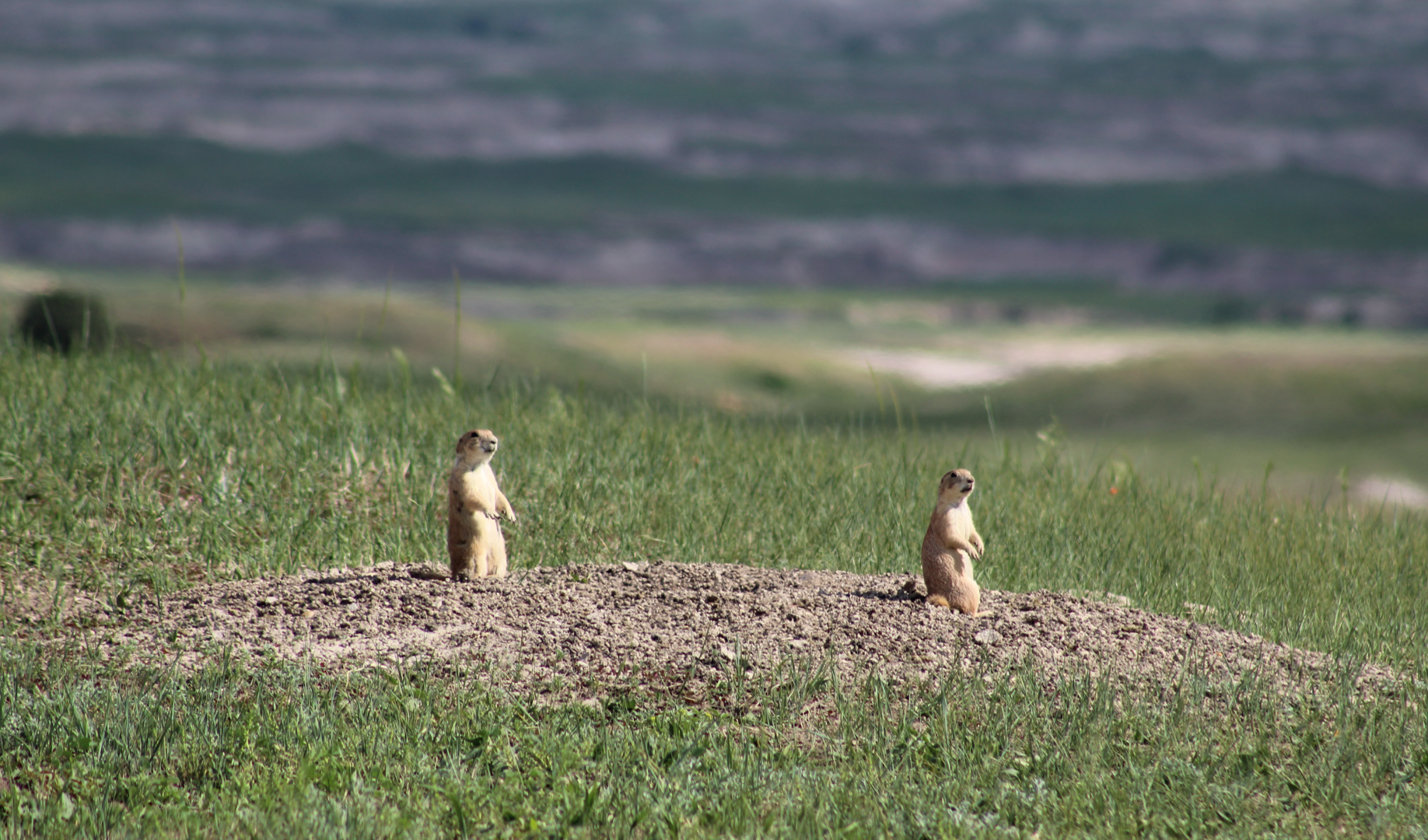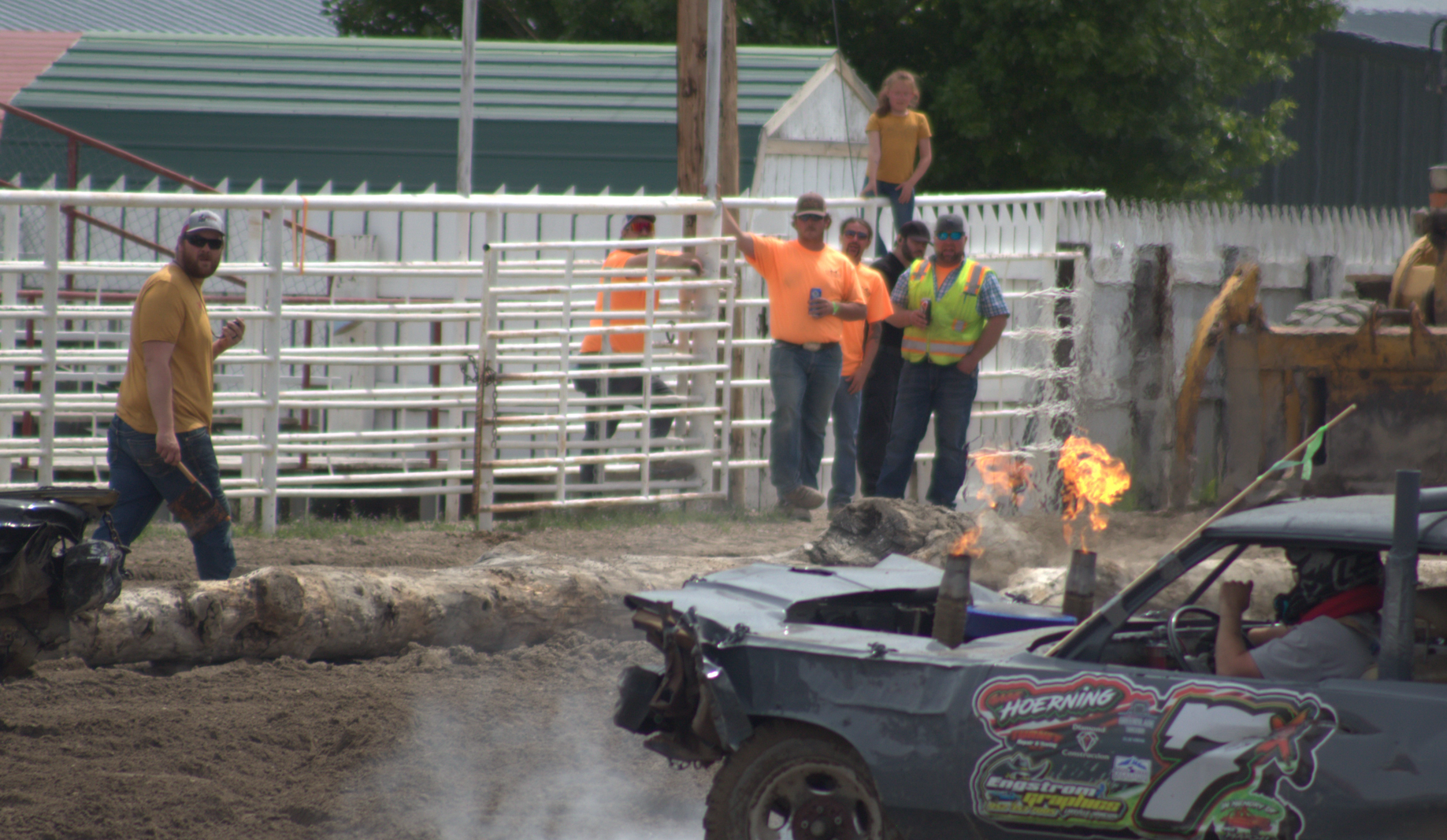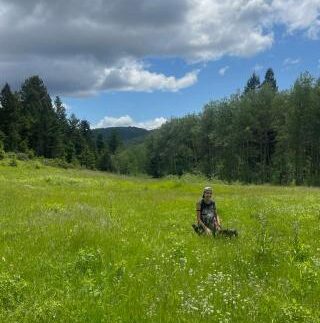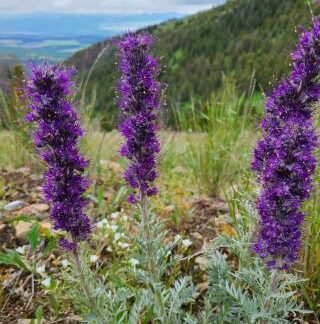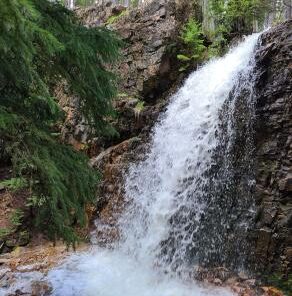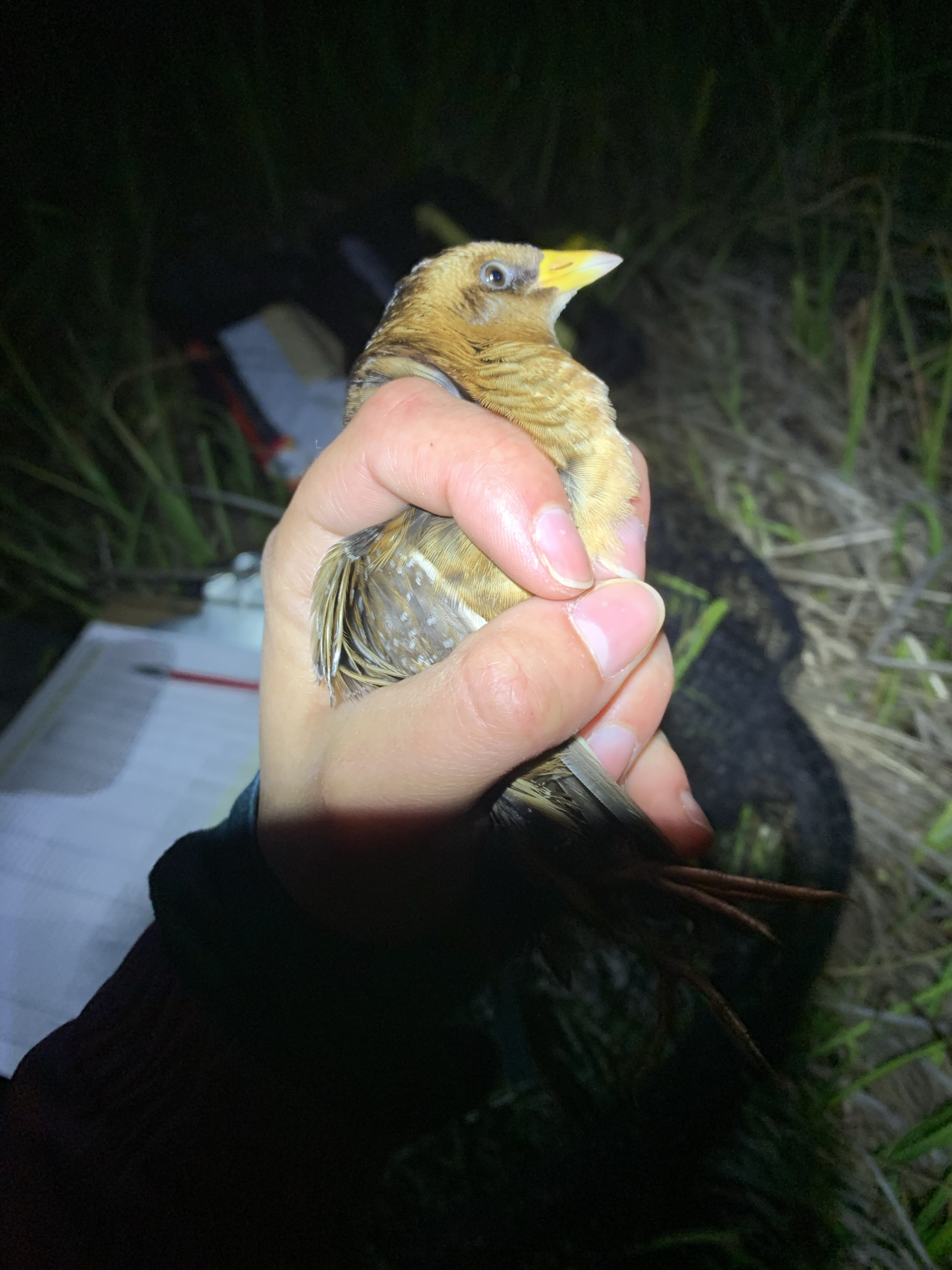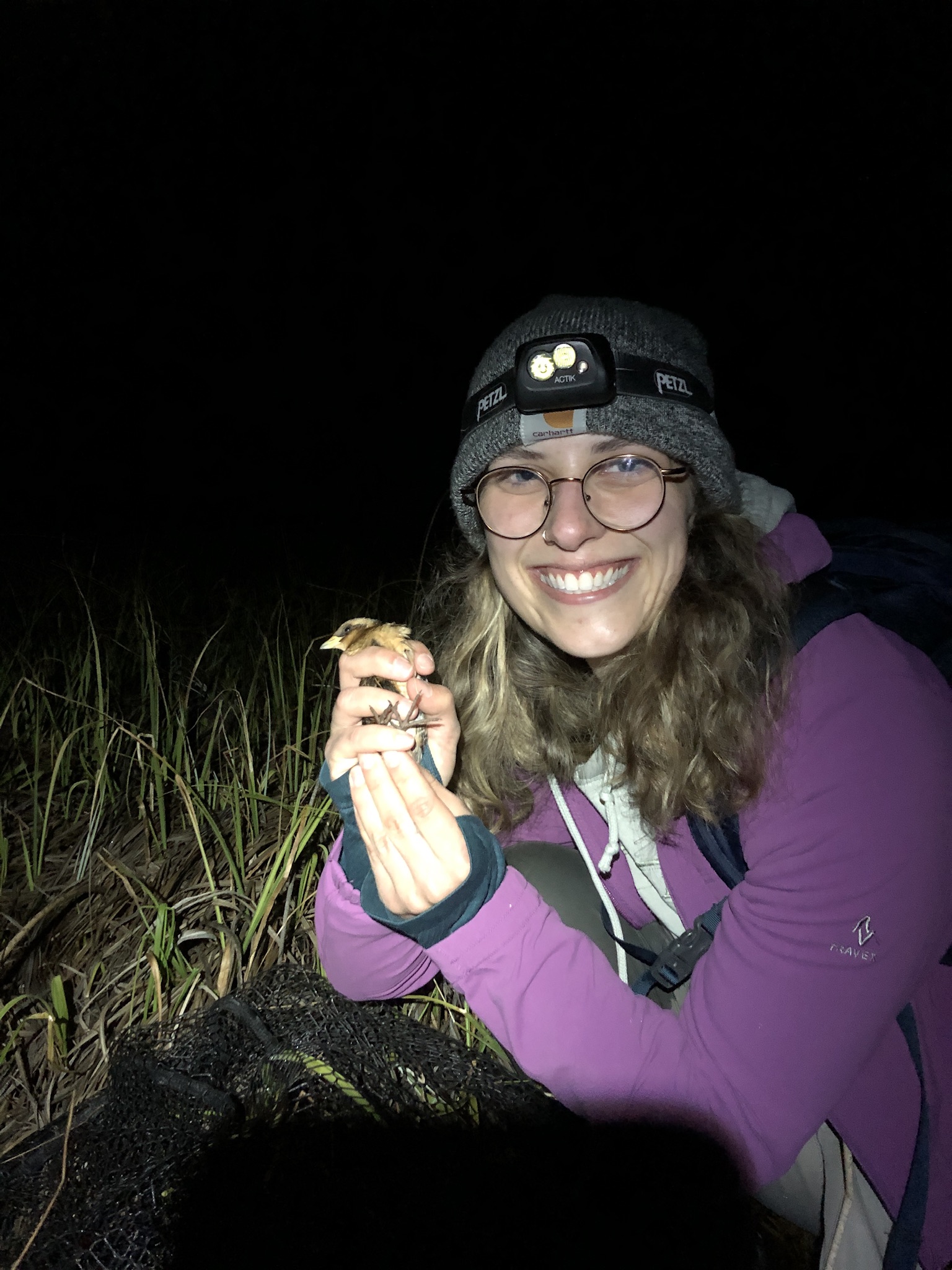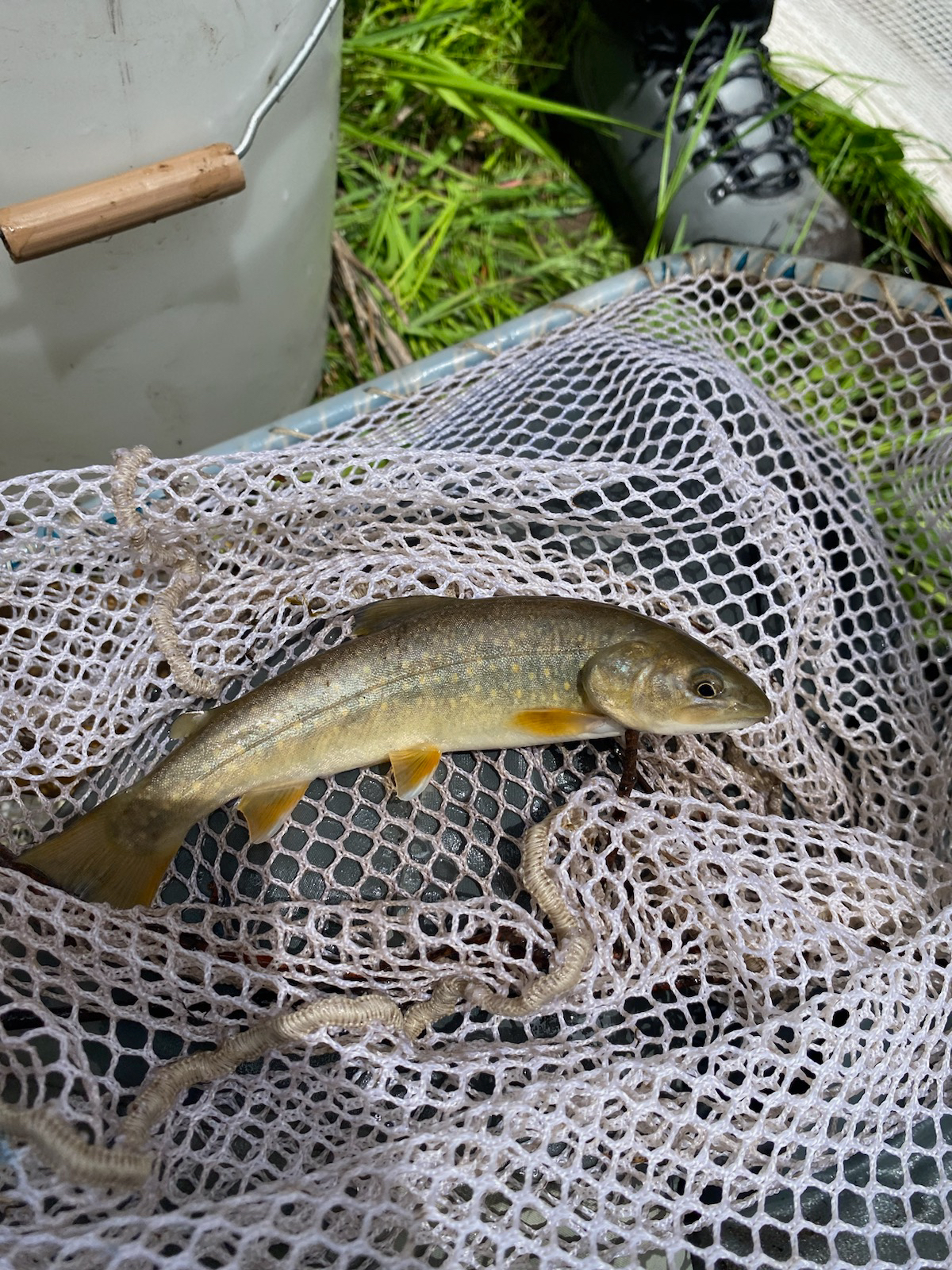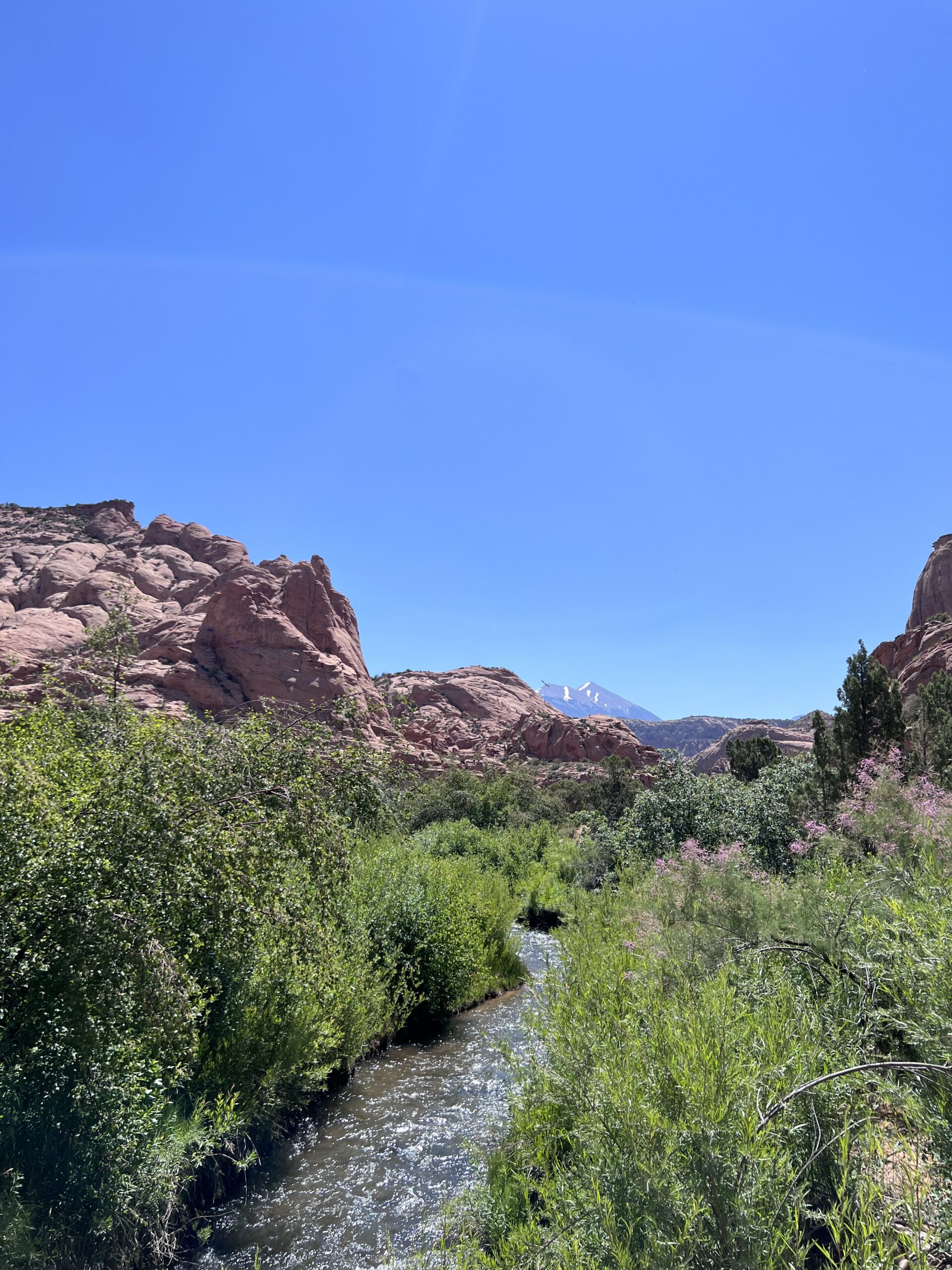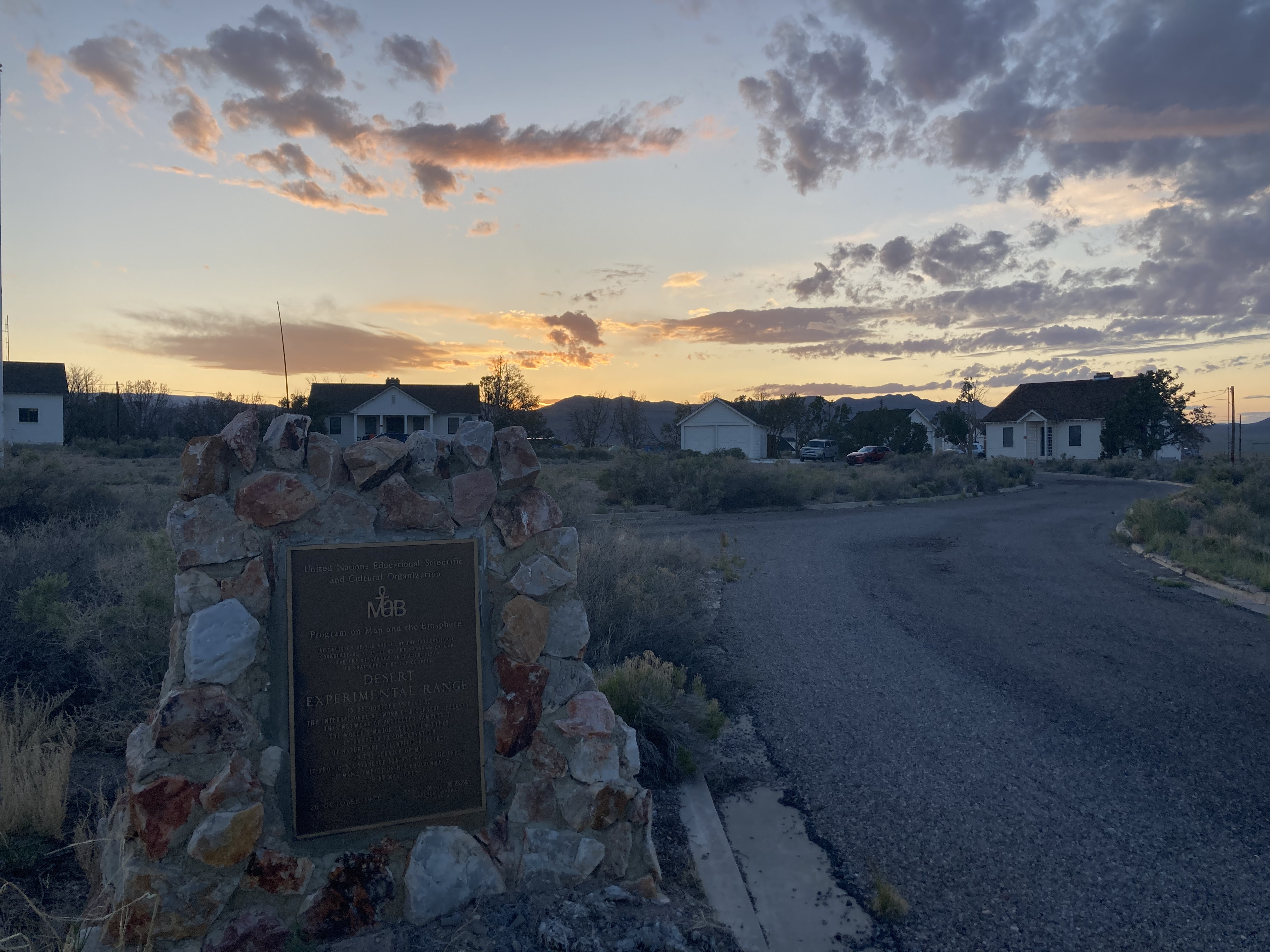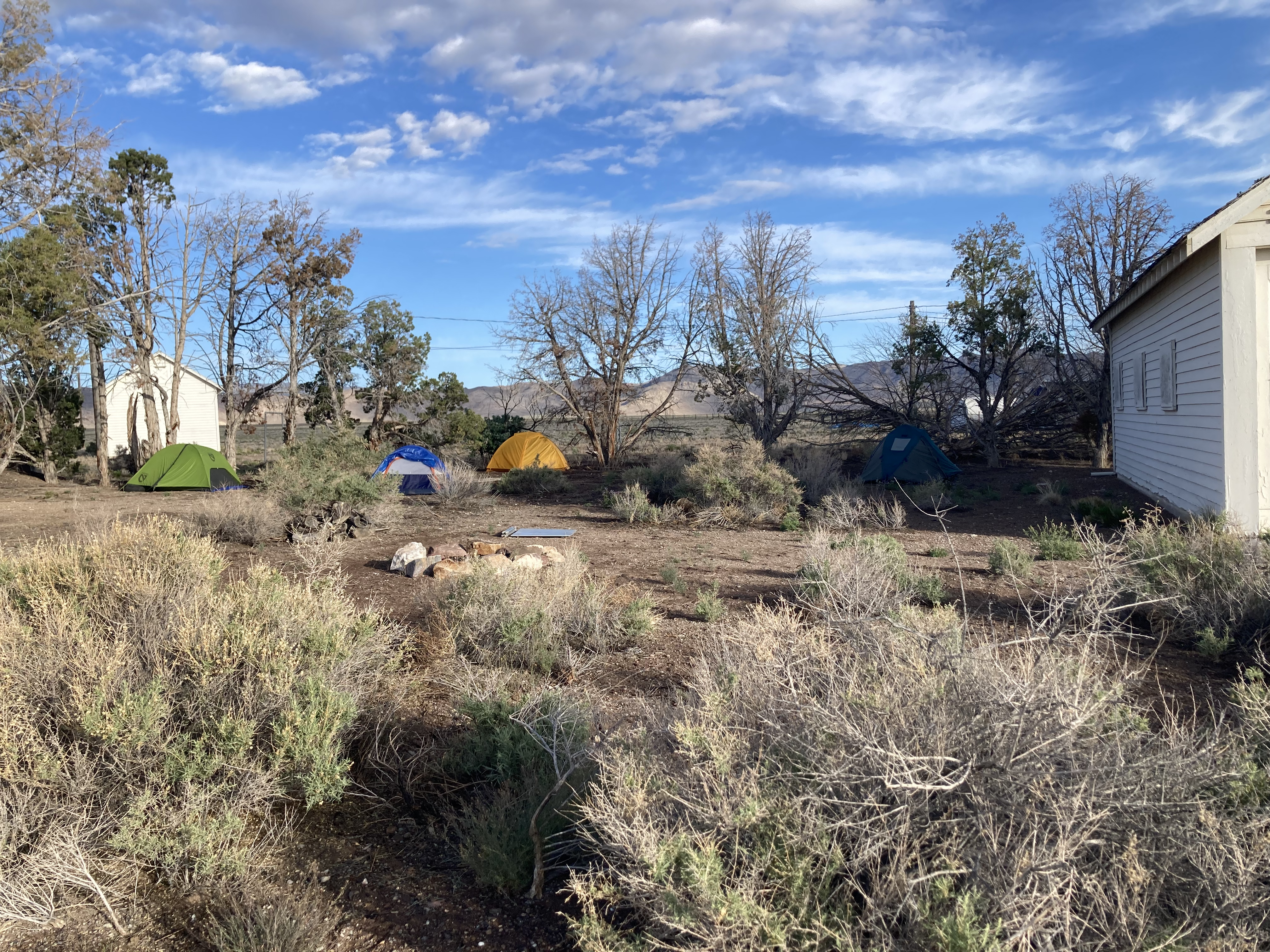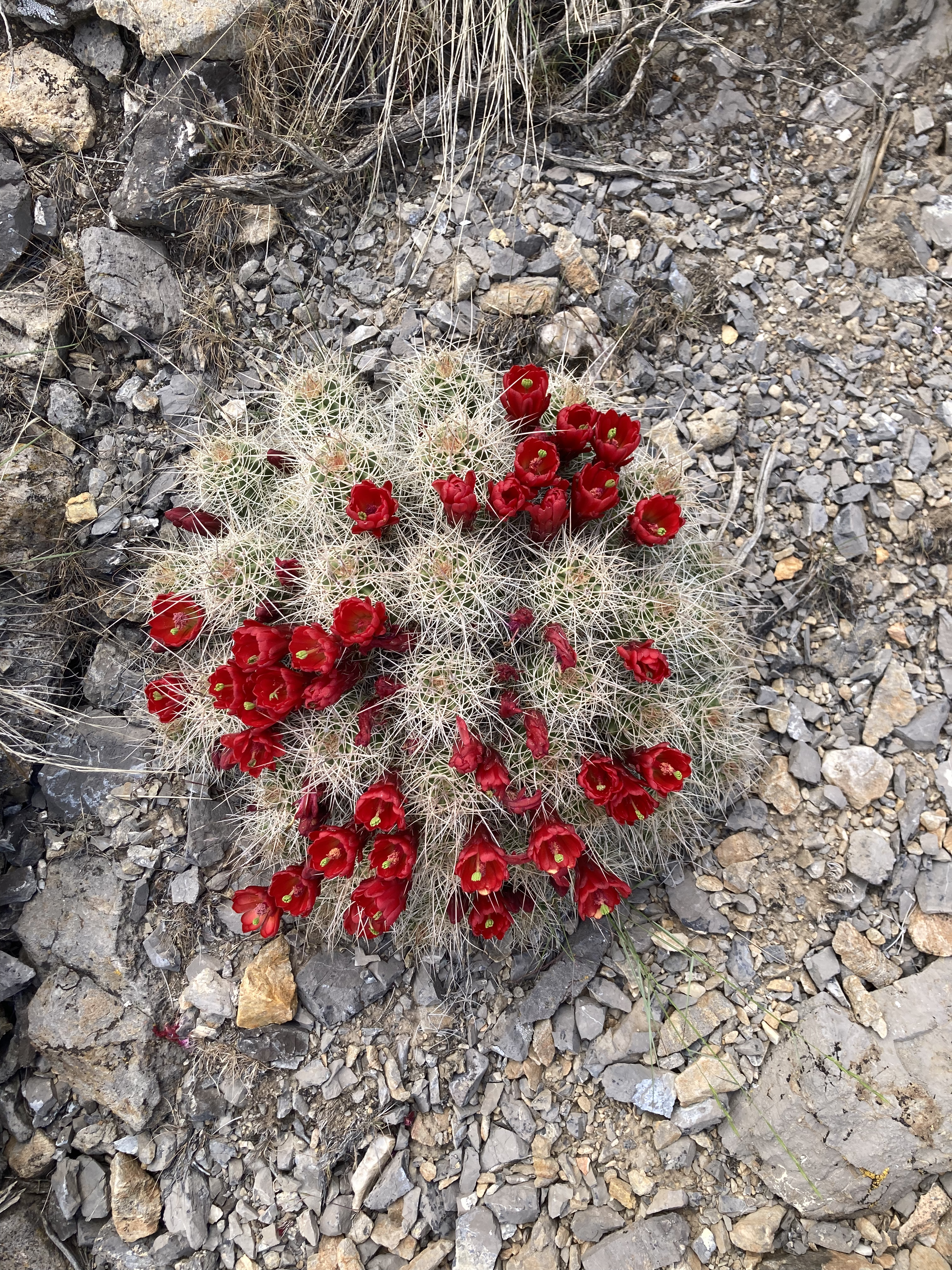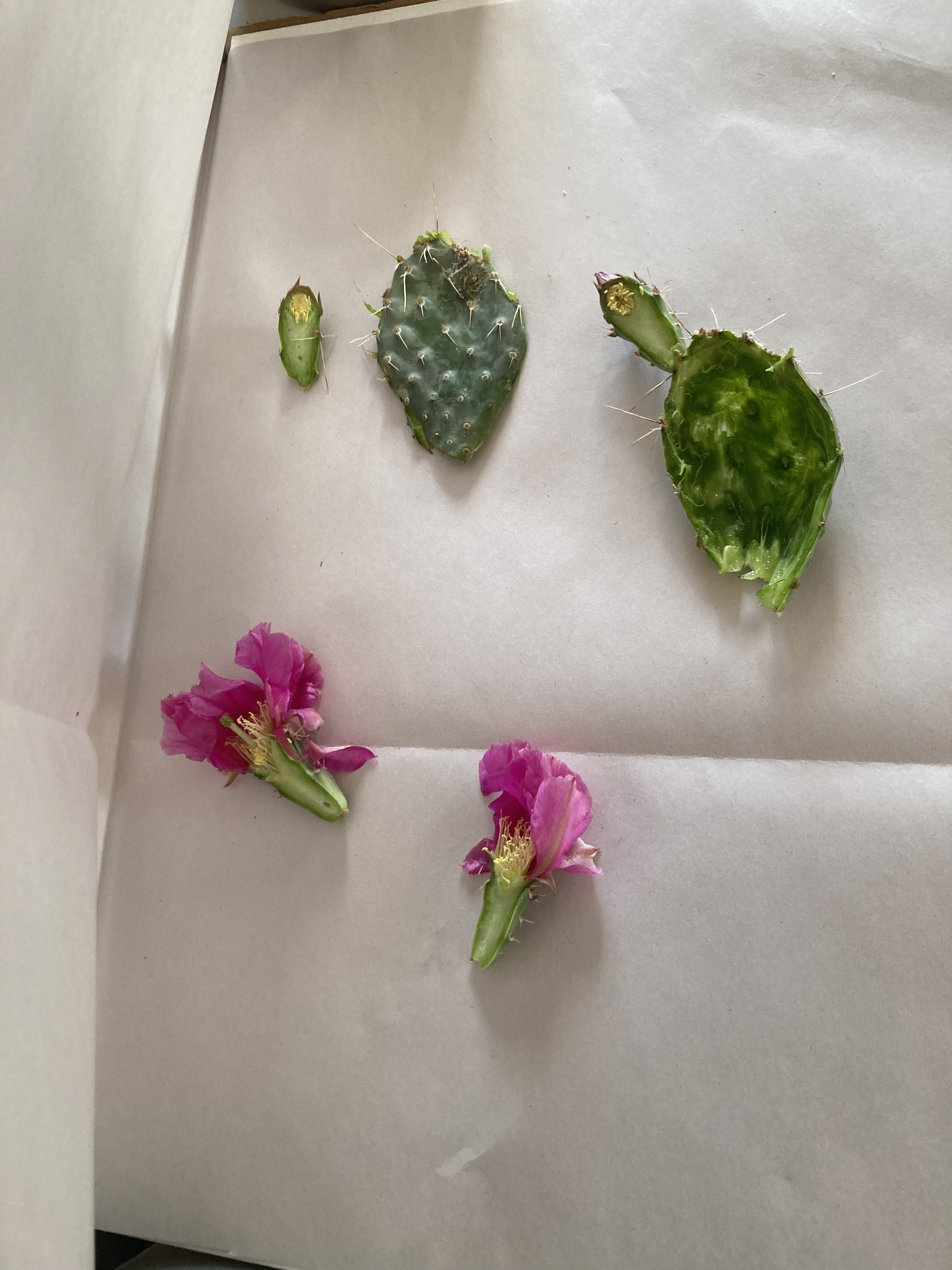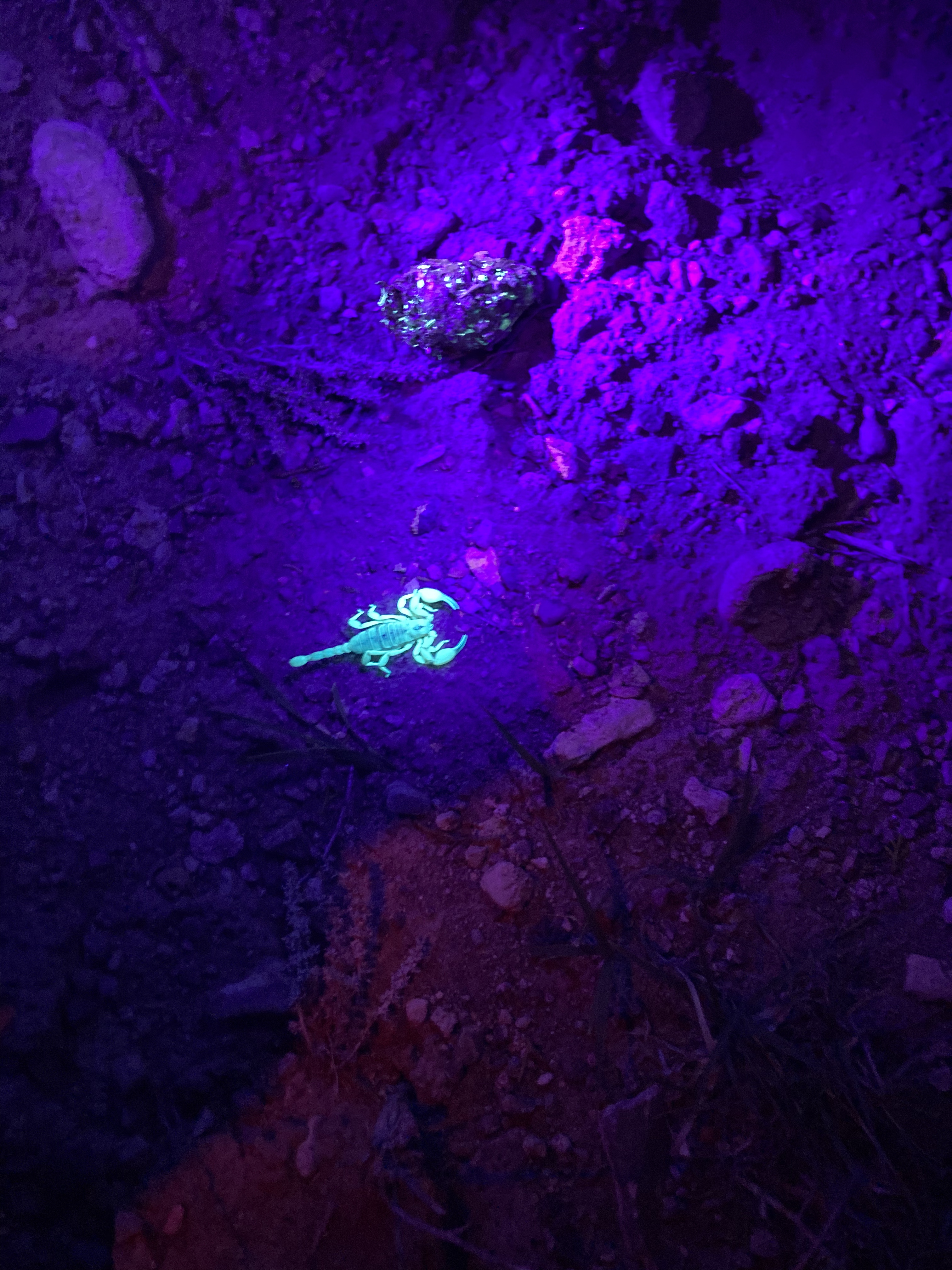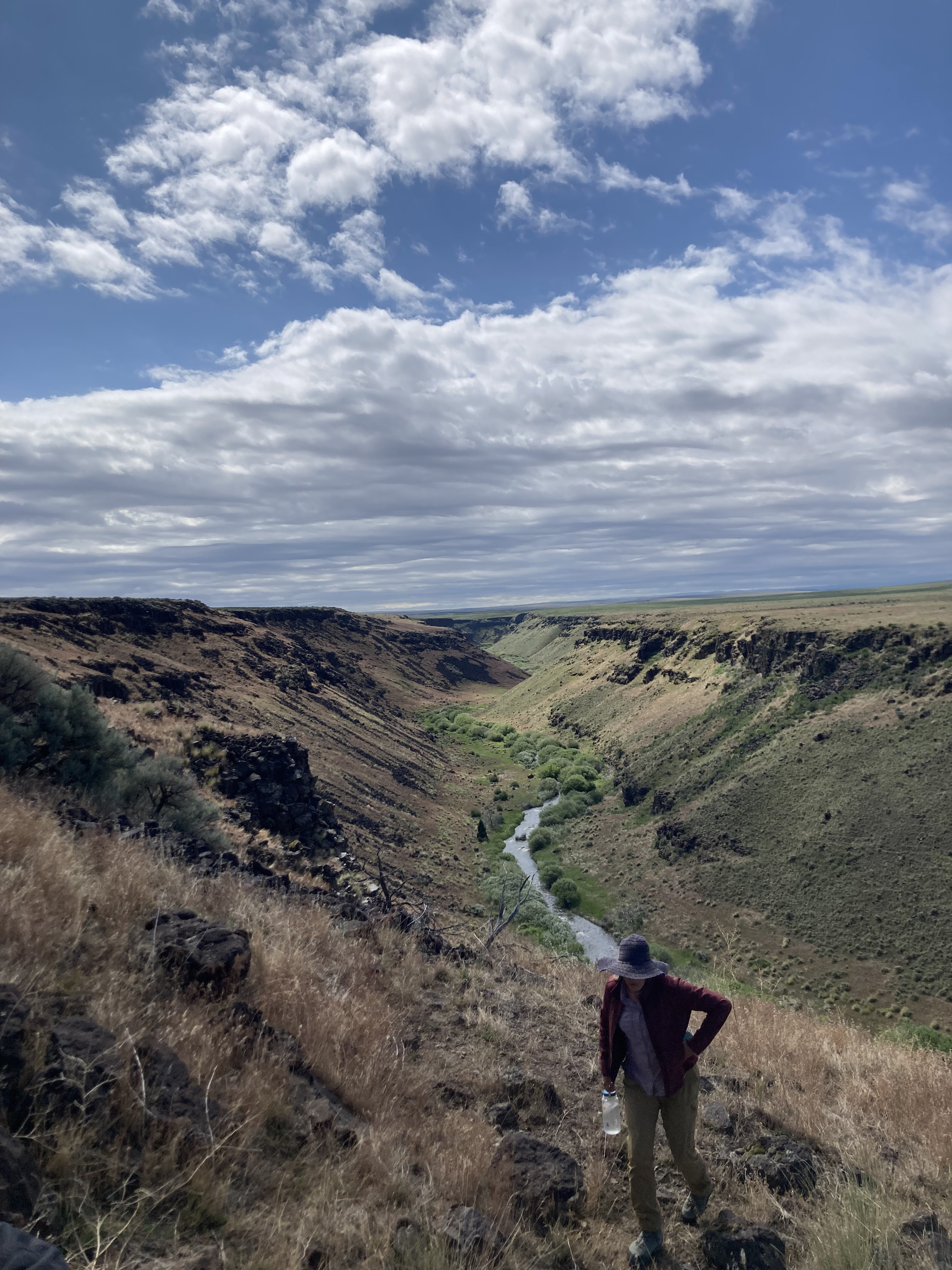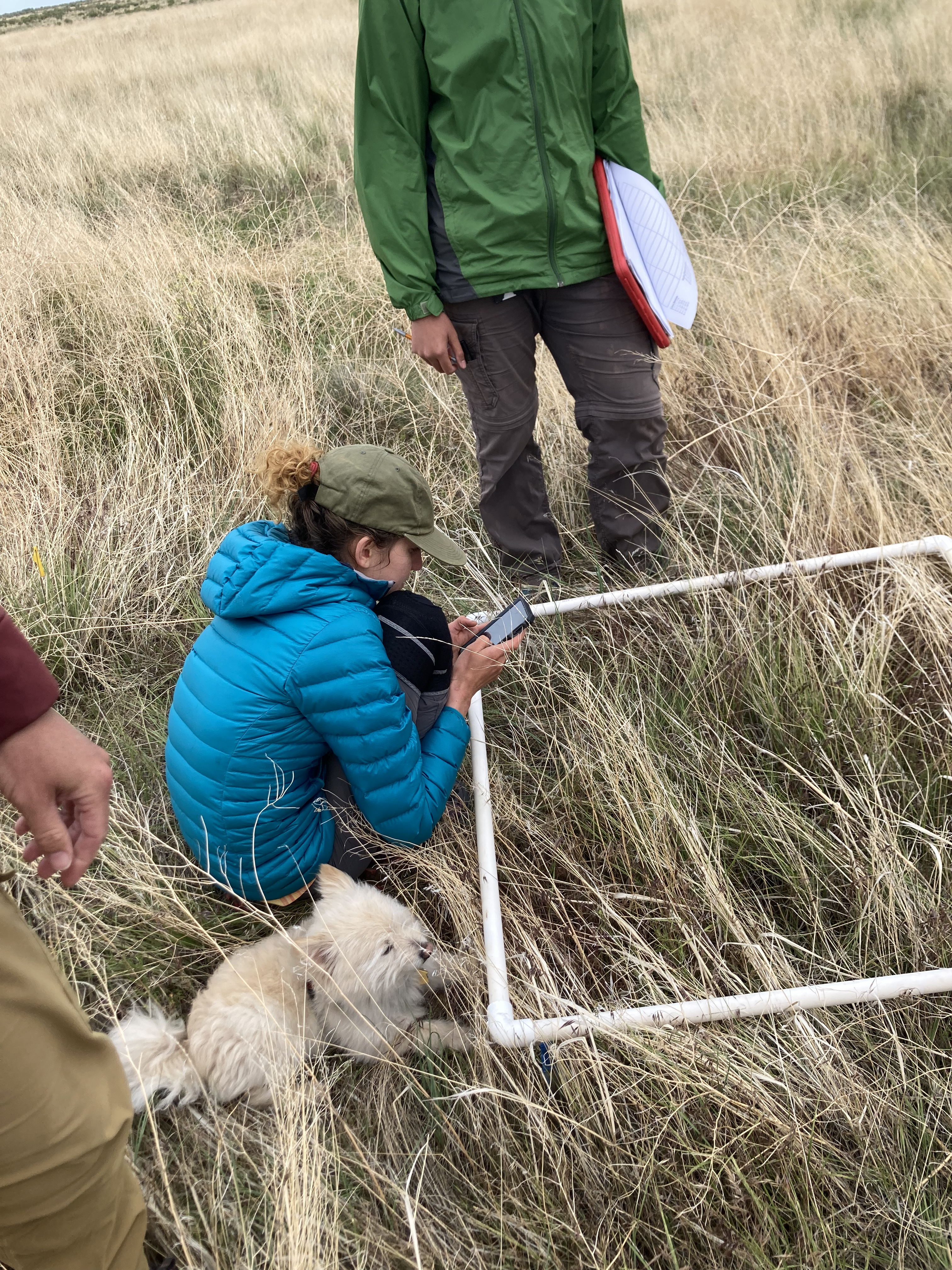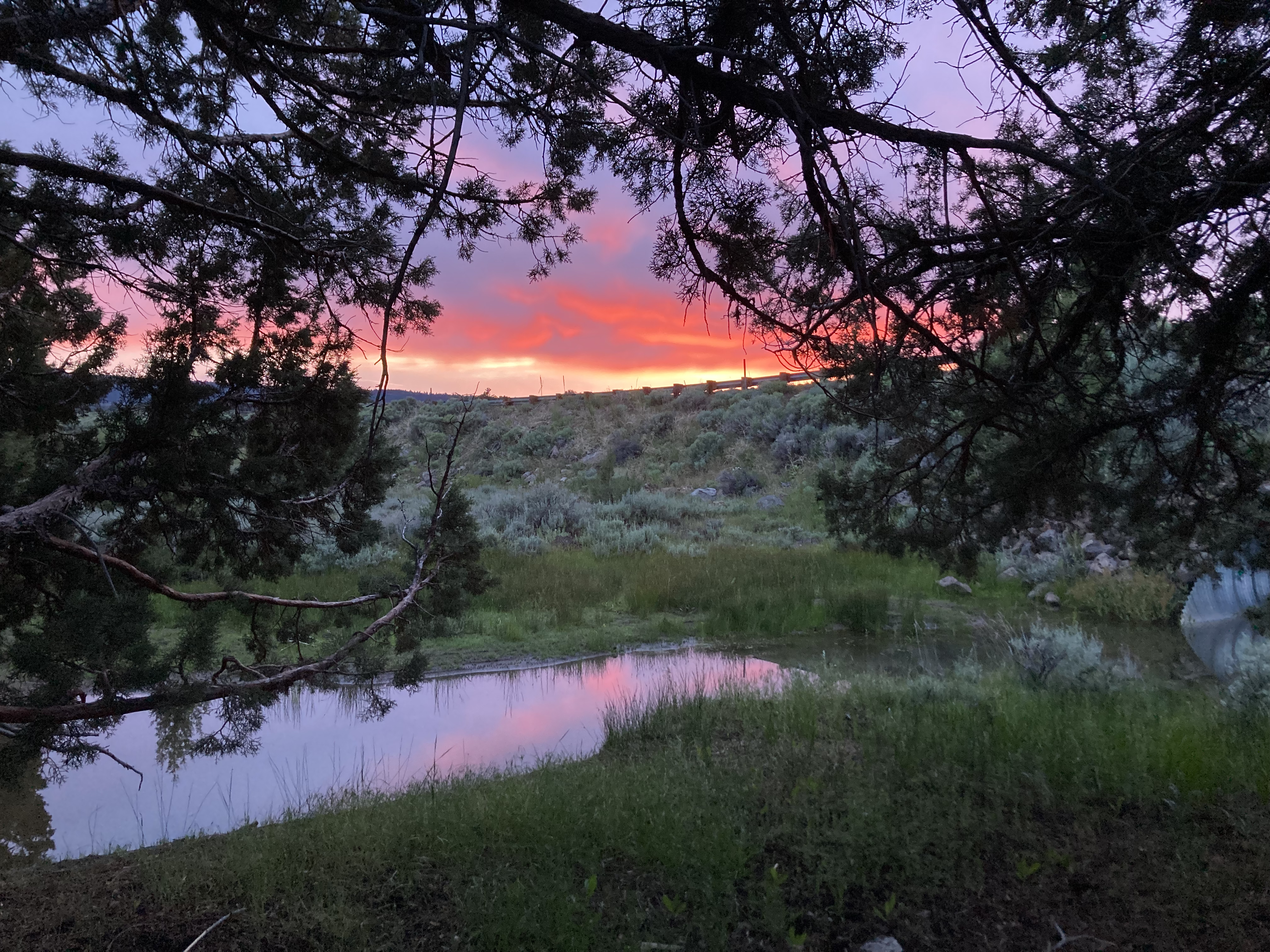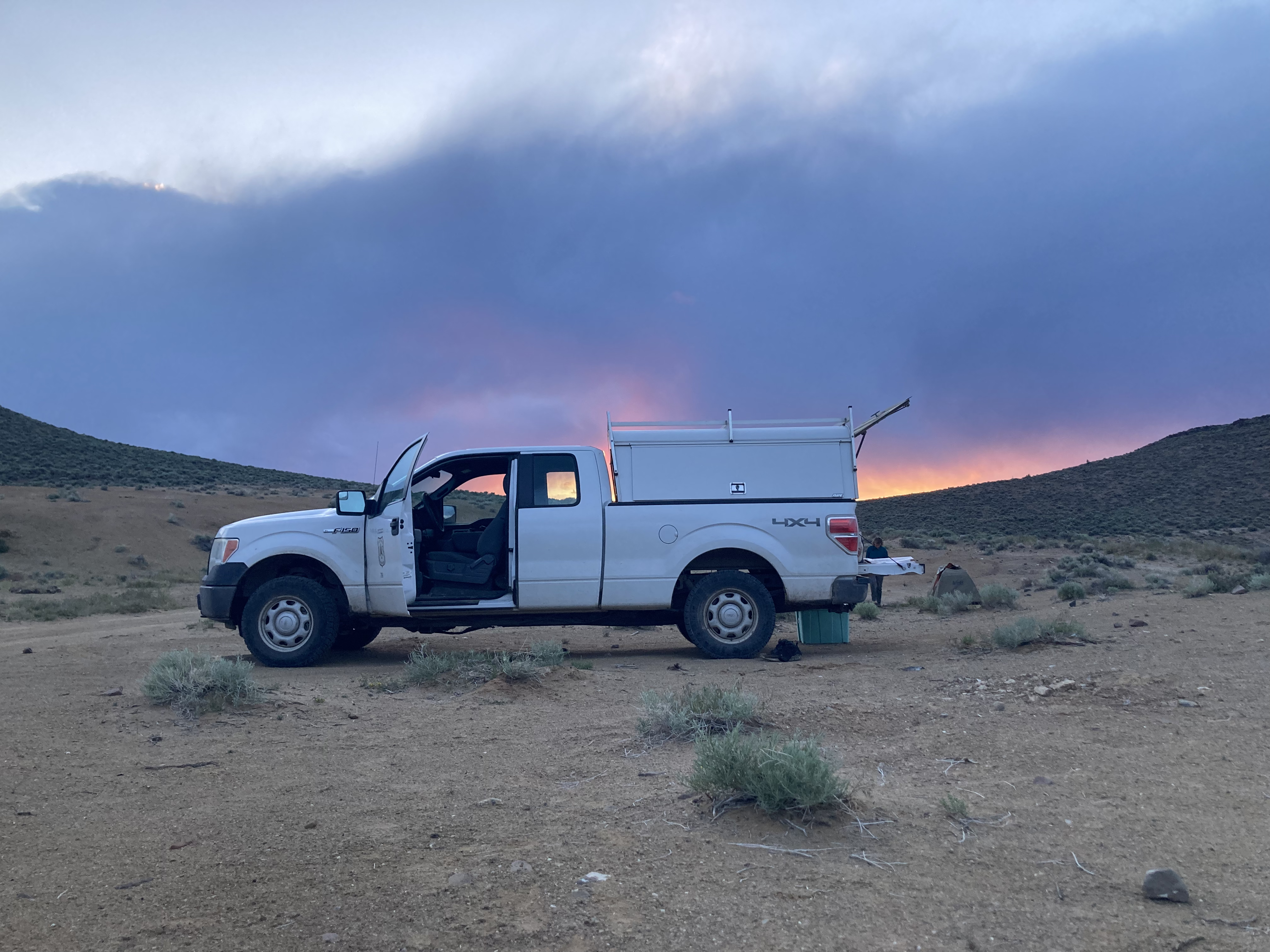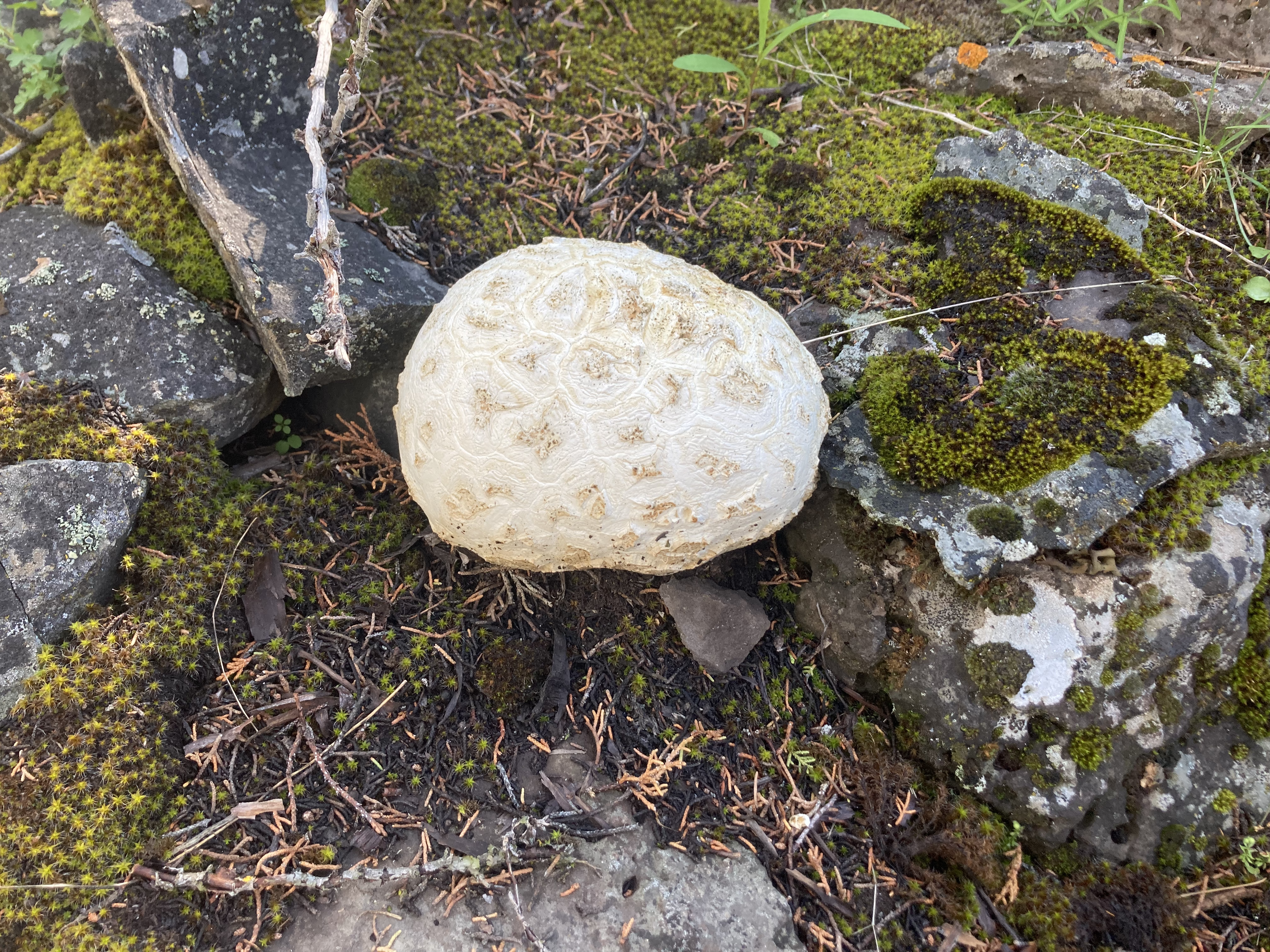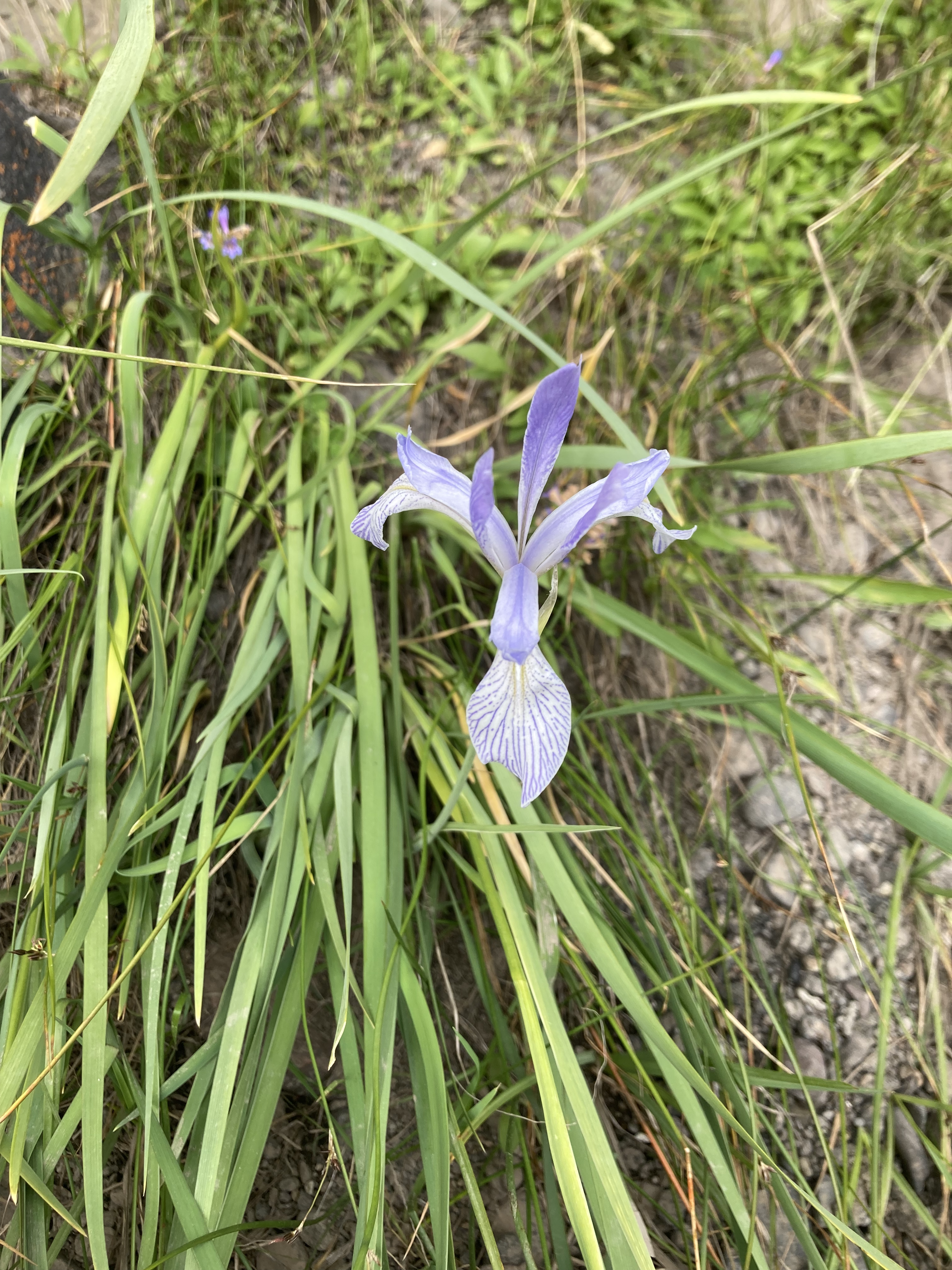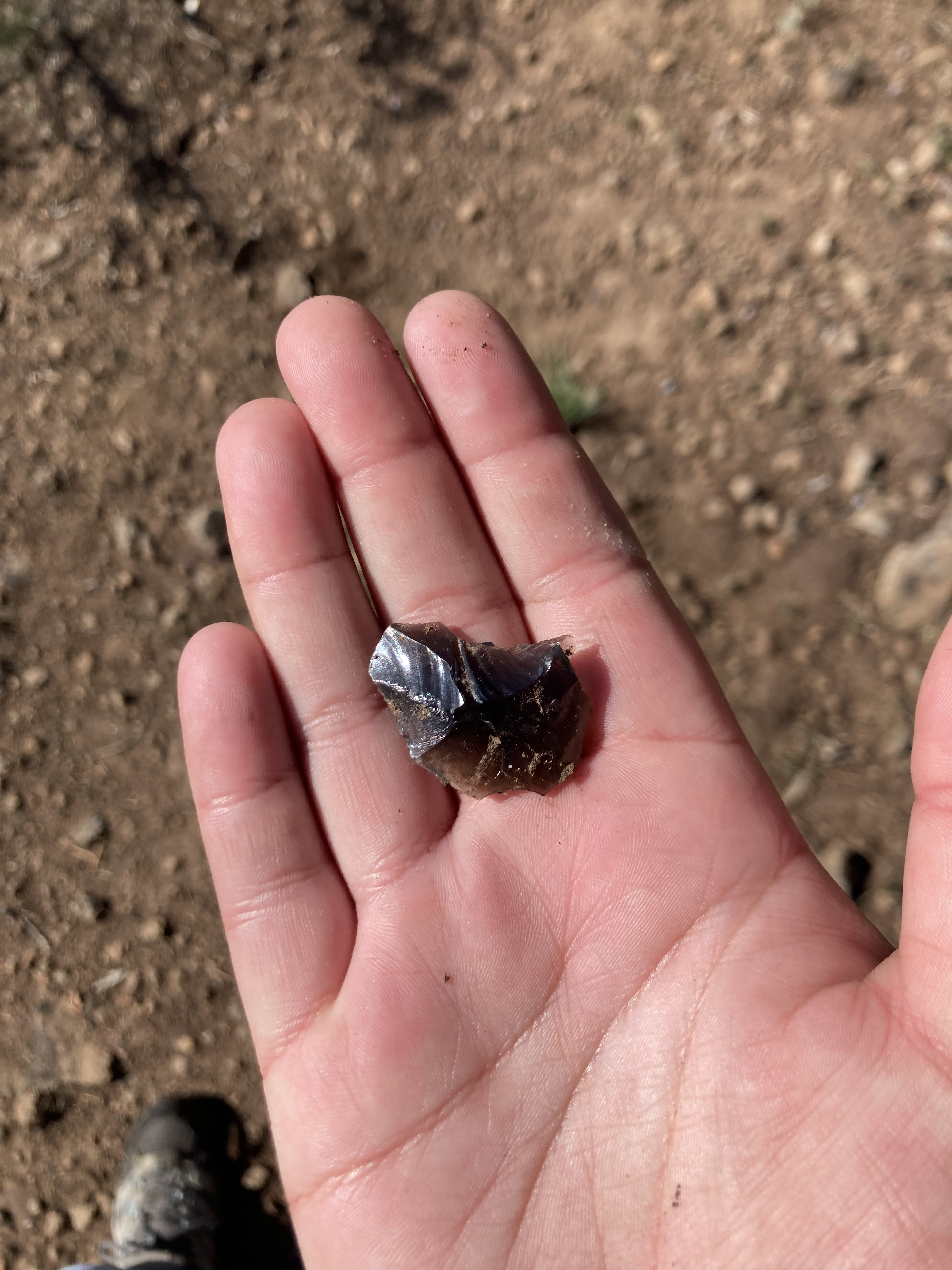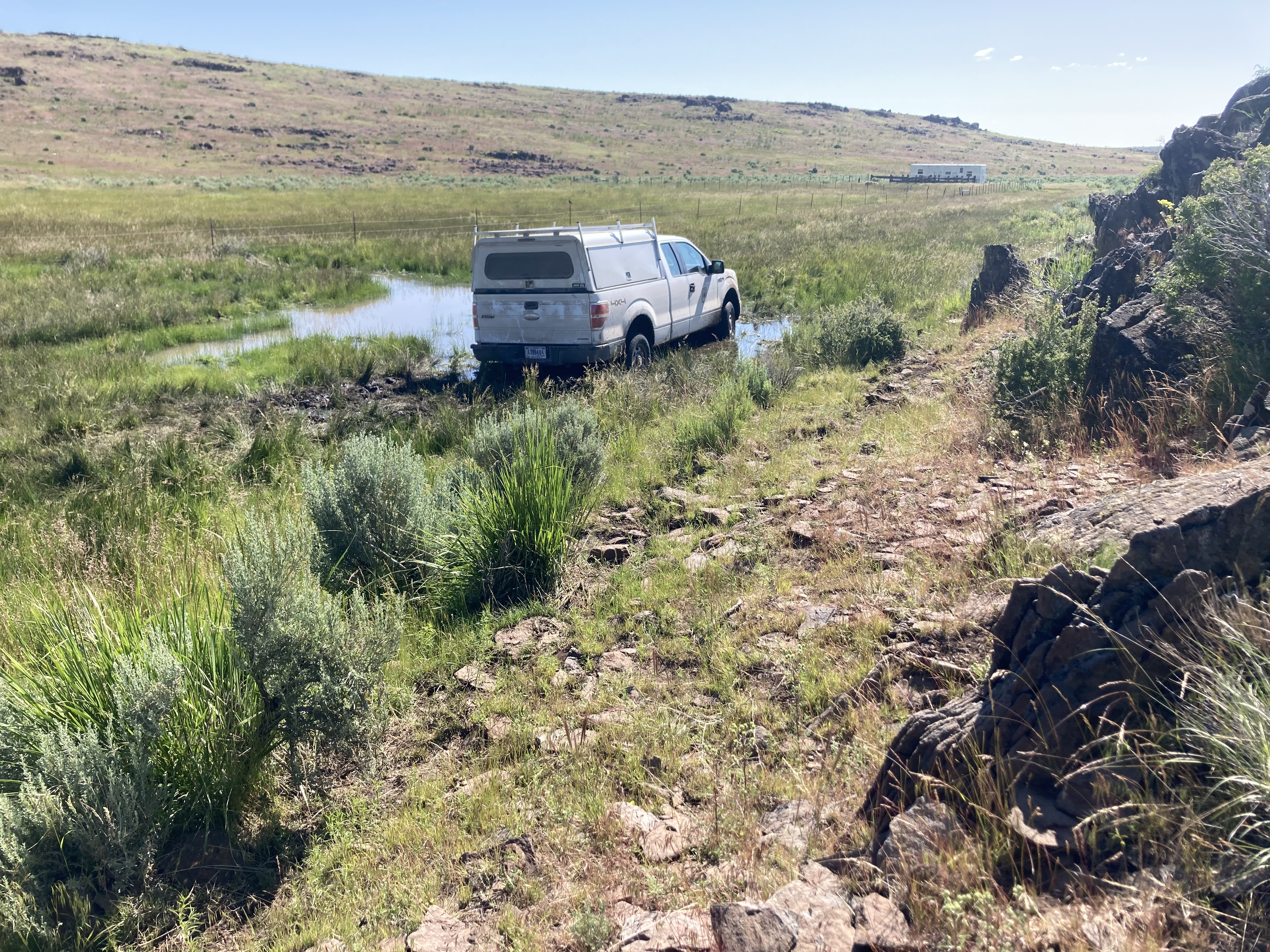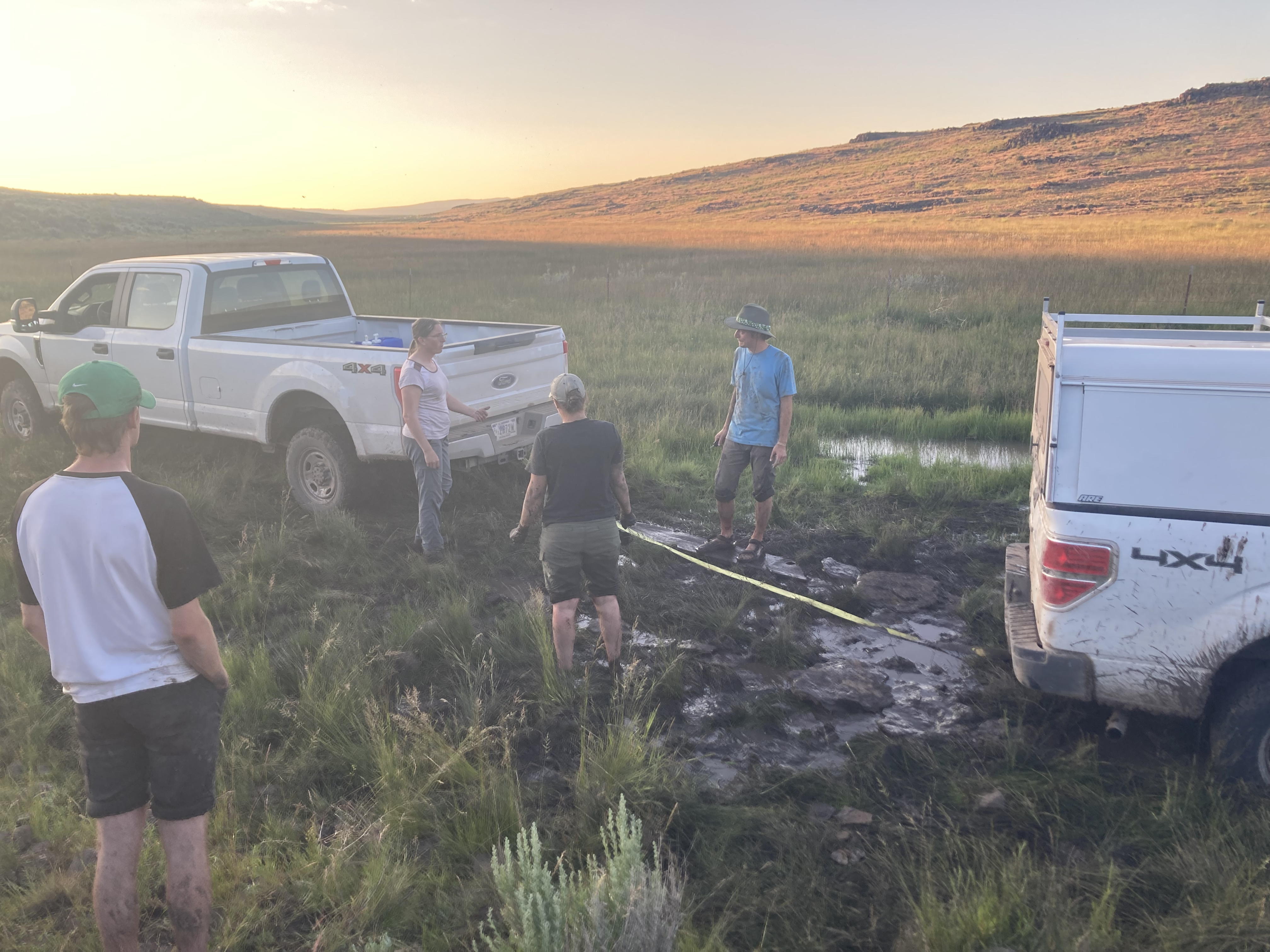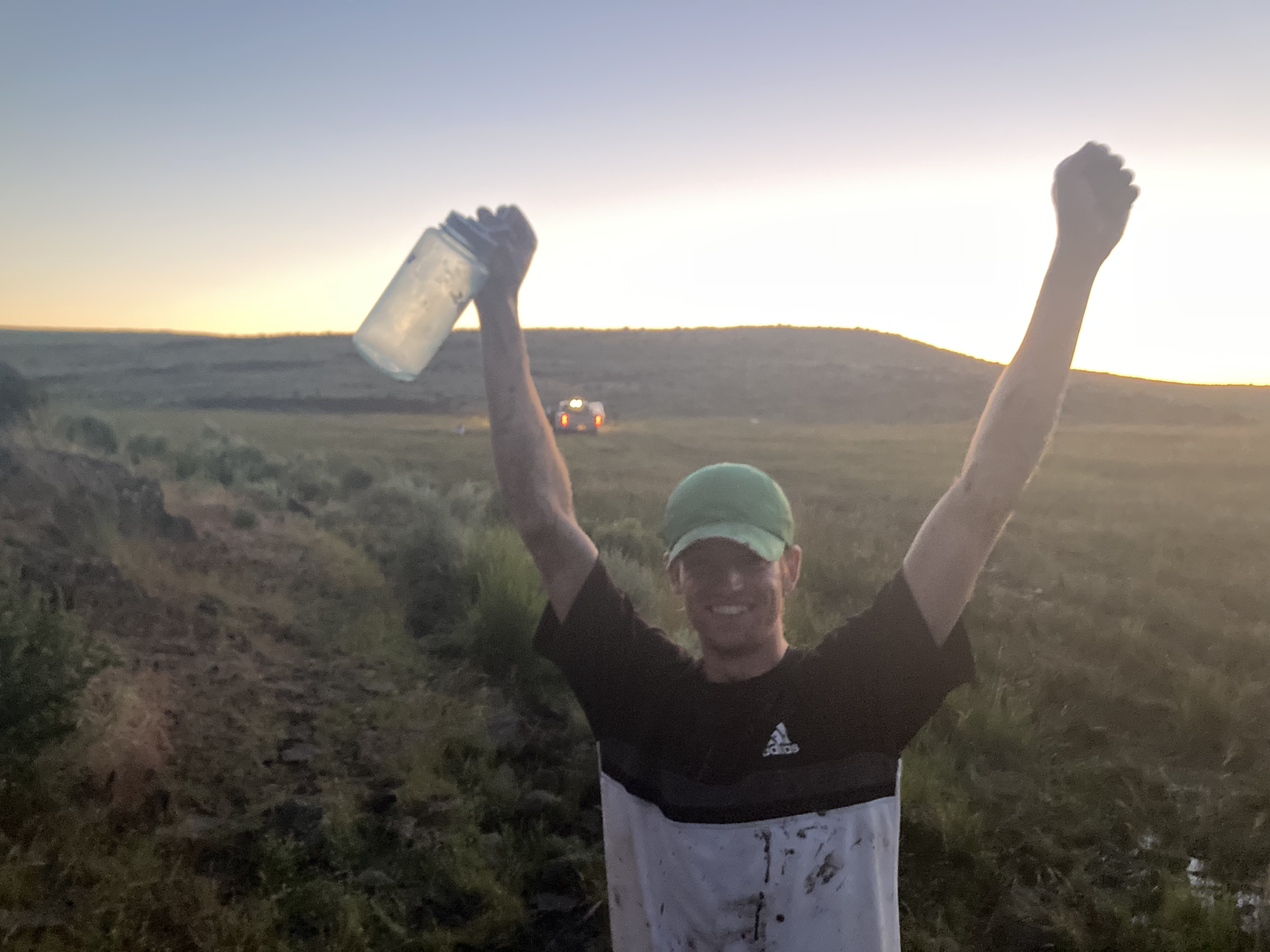Wild bergamot, horsemint, beebalm, Monarda spp… a genus that has stolen my heart!
Apparently it’s berga-MOT, not berga-MONT as I always have thought, and it’s not the source of the well-known essential oil of bergamot, which comes from the fruit native to Italy. However, this aromatic, herbaceous perennial of the mint family (Lamiaceae), has a scent similar to that of Citrus bergamia, and has many edible and medicinal properties.
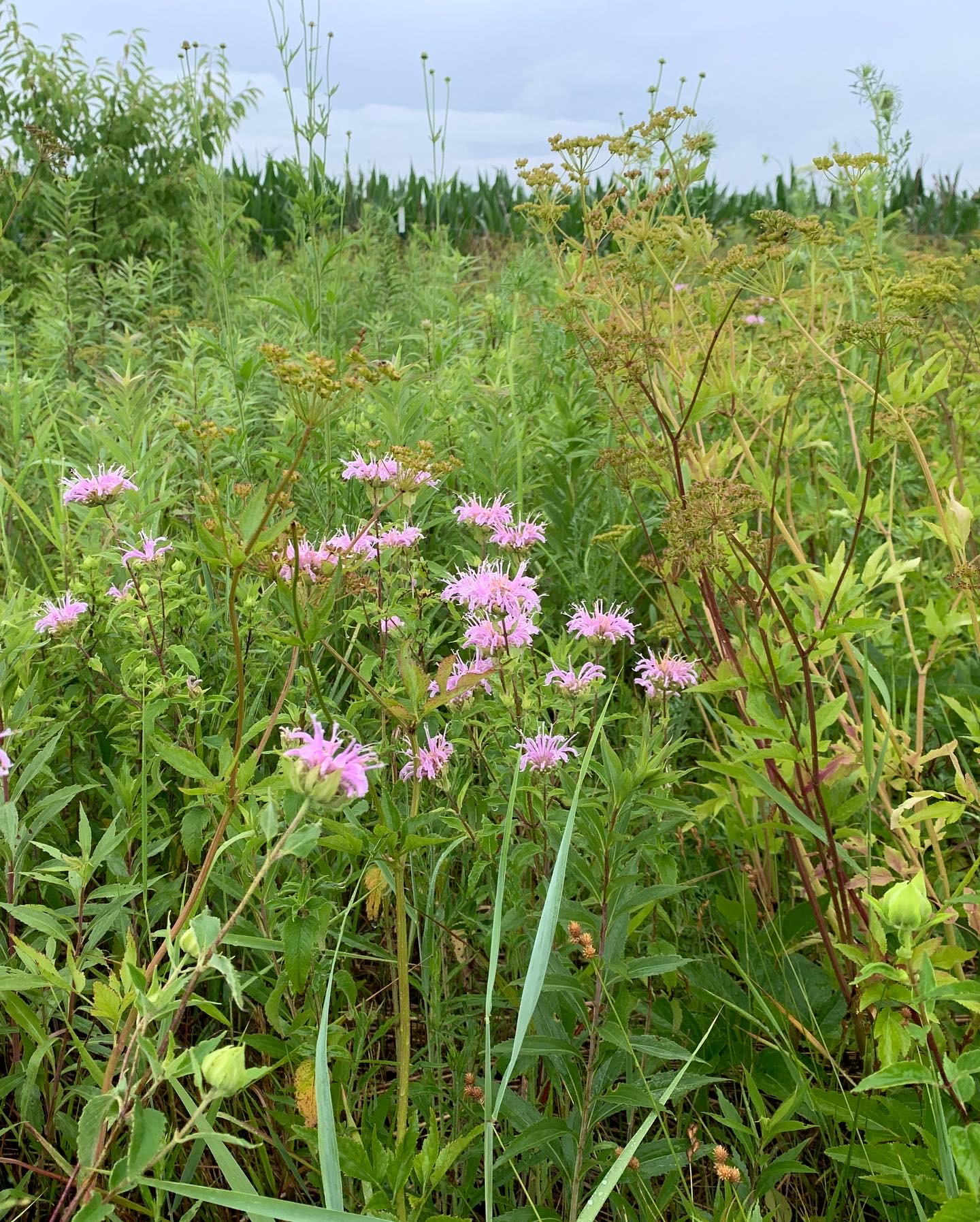
I first saw M. fistulosa in the prairies of Wisconsin, Iowa, and Minnesota. I love the pale magenta tubular flowers, sticking up like a tuft of troll hair, and the buds that look like little presents, all folded up. White flowers were also found among the magenta, which in some cases may actually be M. clinopodia, but I’m not sure.
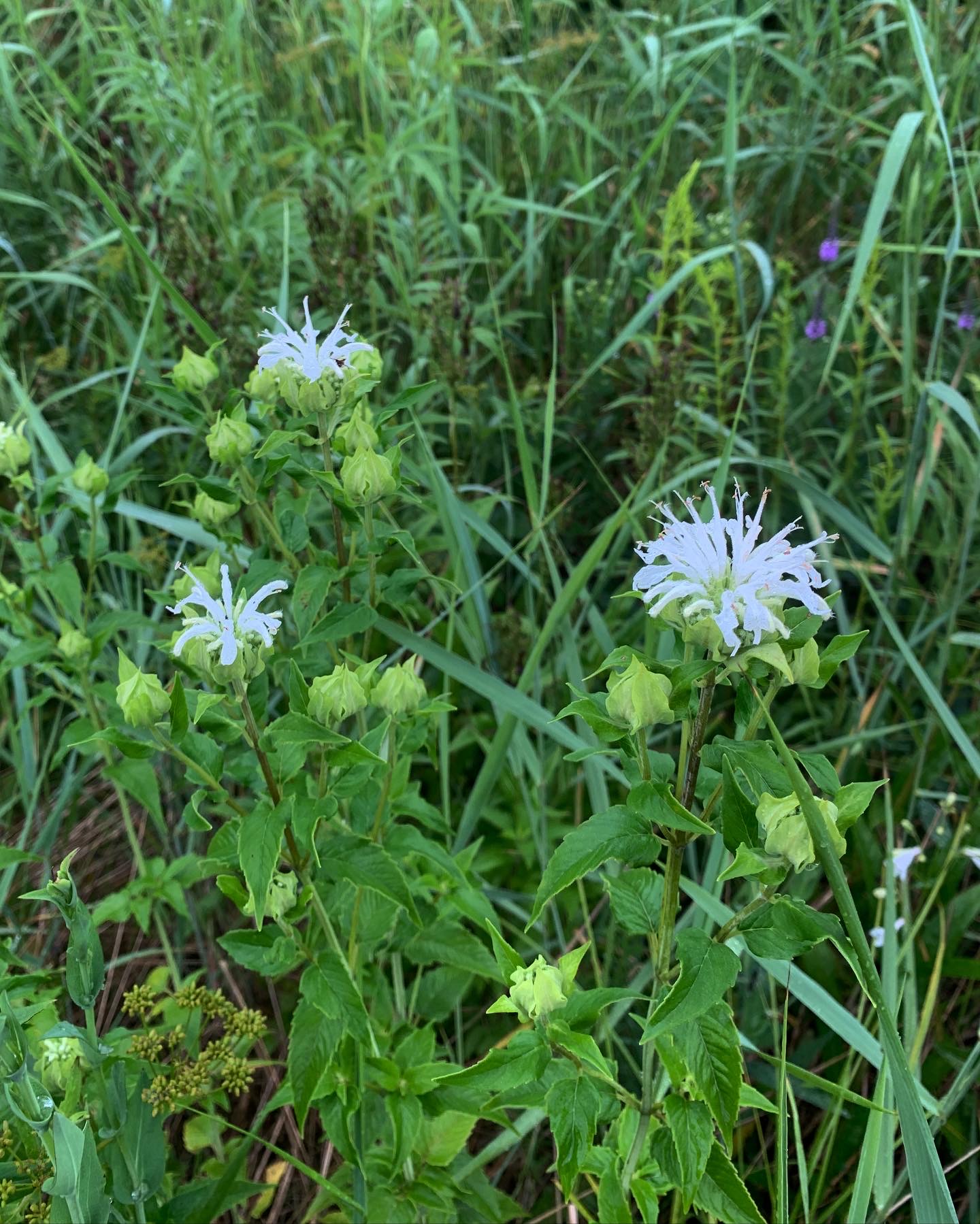
There are about 18 Monarda species in the world (Elpel), and about 7 native to Illinois including M. bradburiana; M. clinopodia or white bergamont; M. didyma or scarlet beebalm; M. fistulosa of which 3 varieties have been found in IL, including M. fistulosa var. rubra which is deep purple to crimson; 2 varieties of M. punctata, spotted beebalm; and M. media, a rare reputed hybrid between M. fistulosa and M. clinopodia (Mohlenbrock). The differences are minute, and I will have to practice my keying skills!
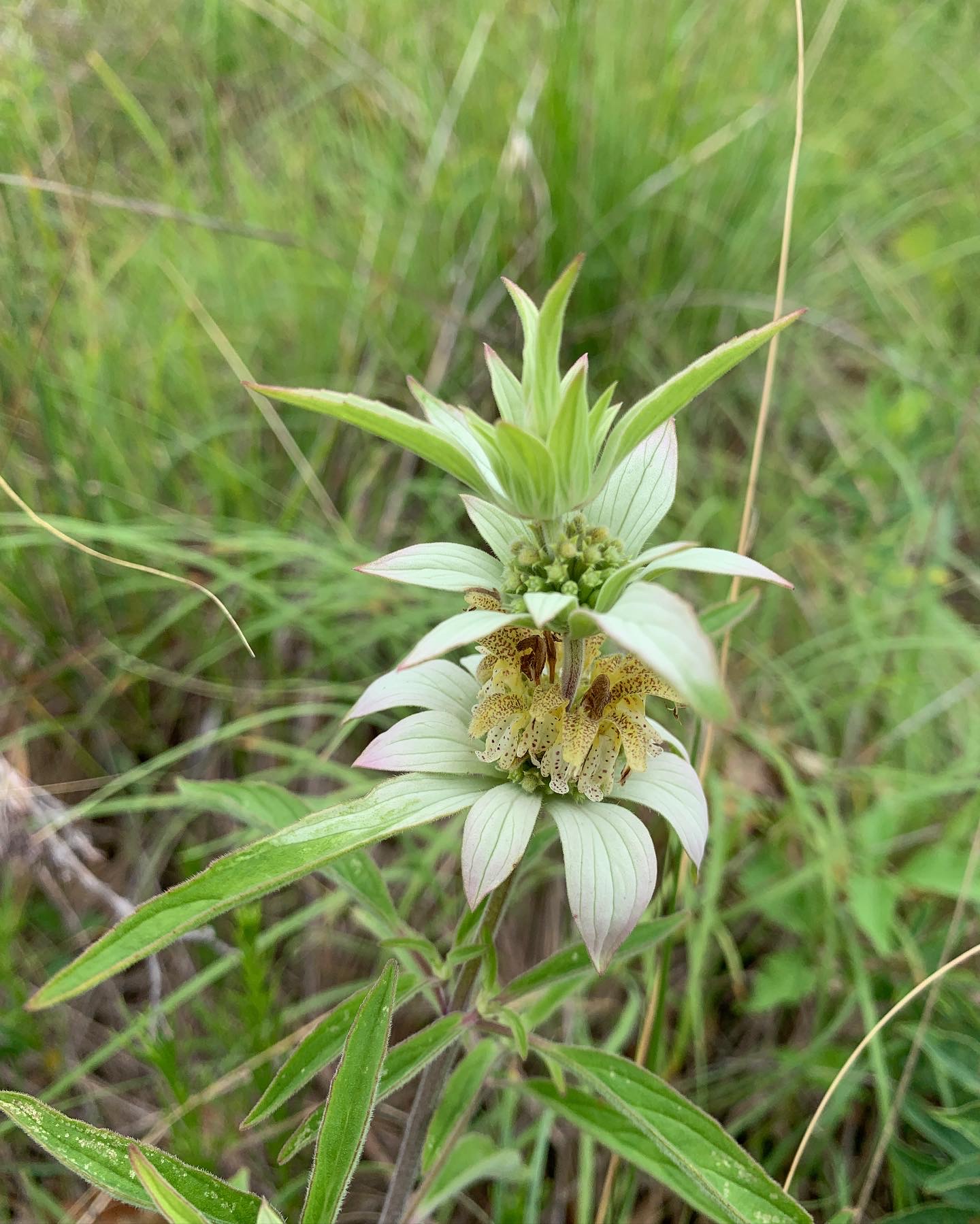
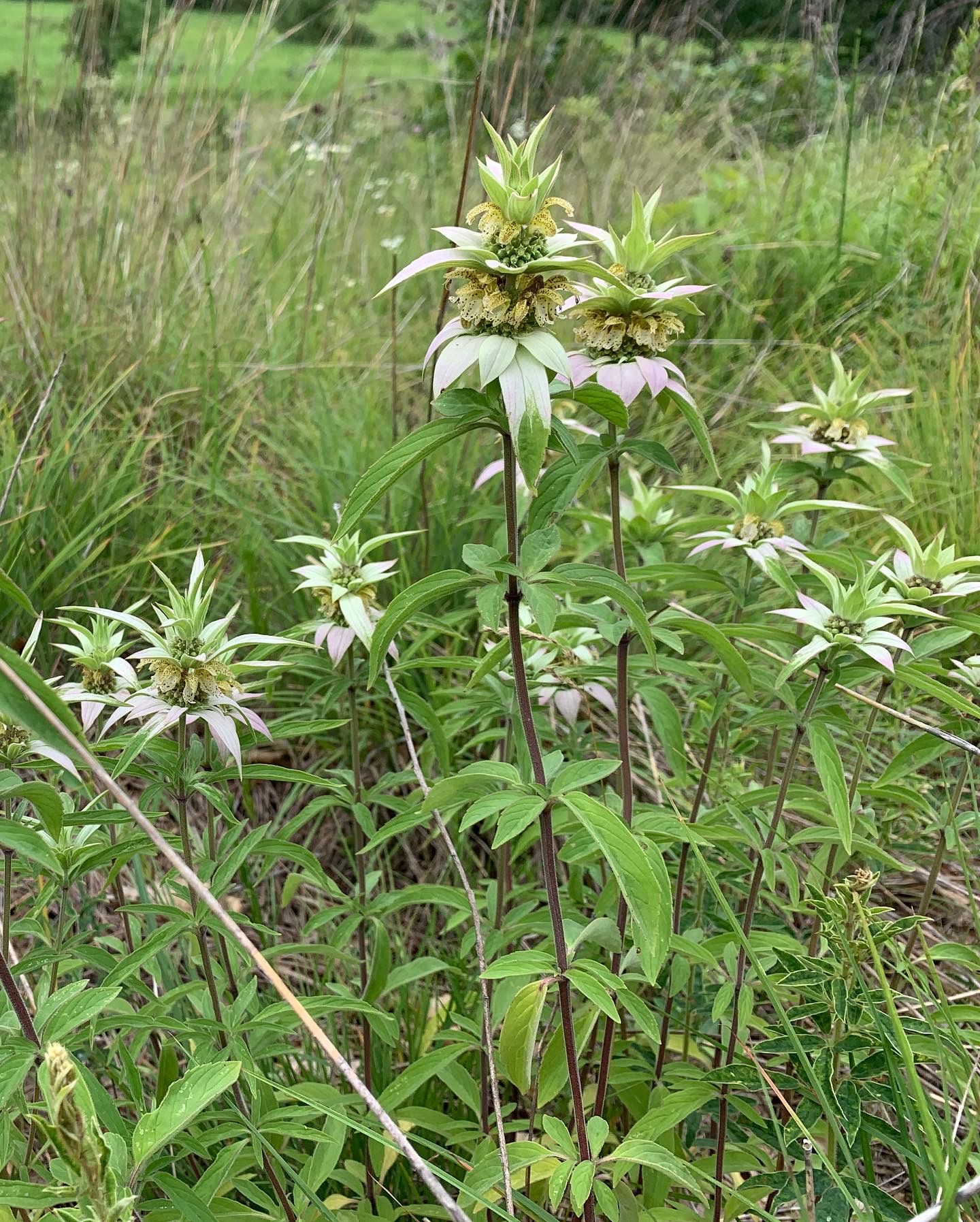
Monarda is one of the few native herbaceous plants I’ve seen in the urban neighborhoods of Chicago where I live. The other week I spotted a somewhat rare strip of prairie plants in a park strip in Wicker Park neighborhood (Hoyne Ave and North Ave).
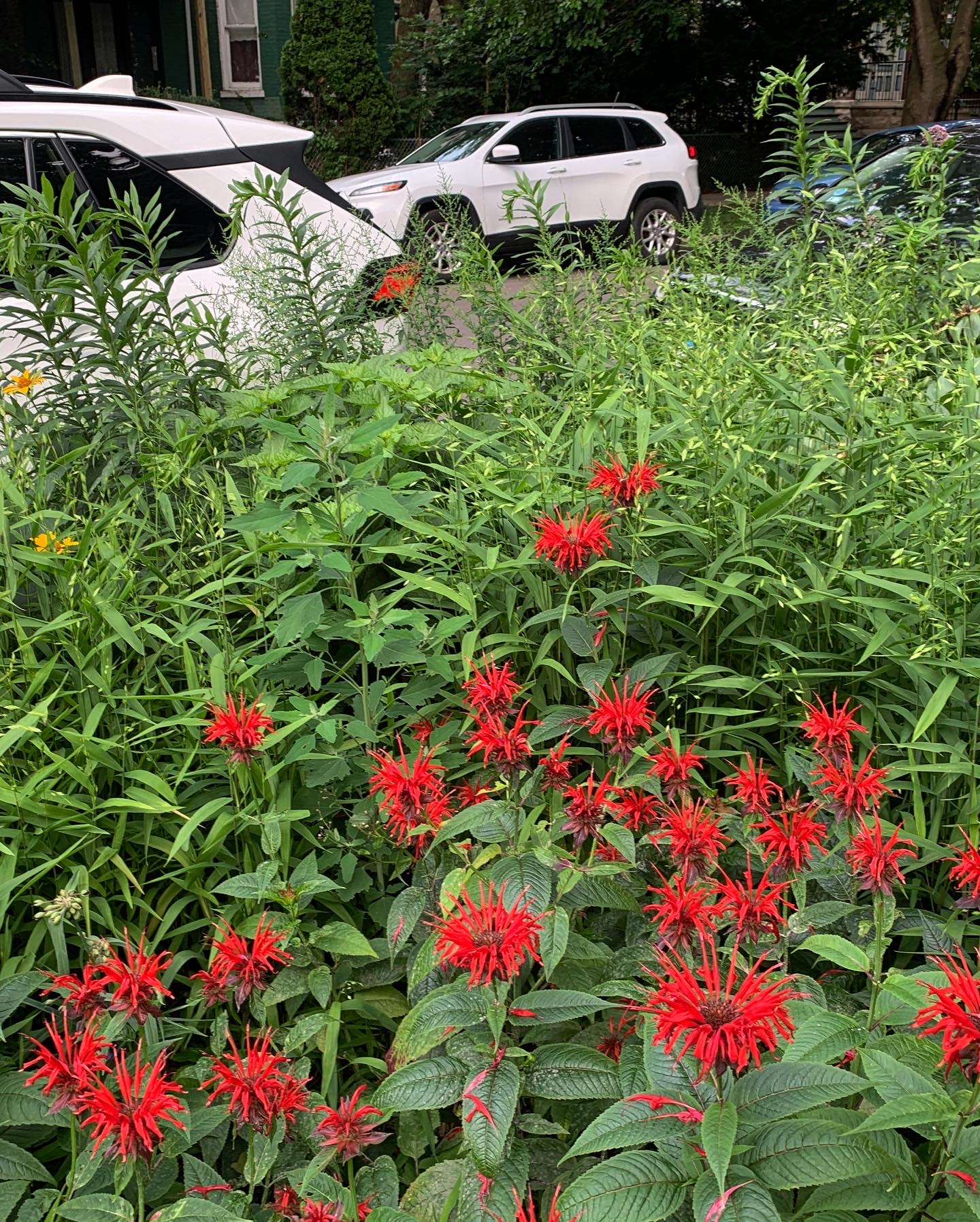
At Chicago Botanic Garden, you can find a cultivated hybrid varieties developed by Proven Winners named Upscale TM in the Lavin Evaluation Garden. Pictured below are the ‘Red Velvet’ variety. They are much taller than the ones I’ve seen in the wild thus far.
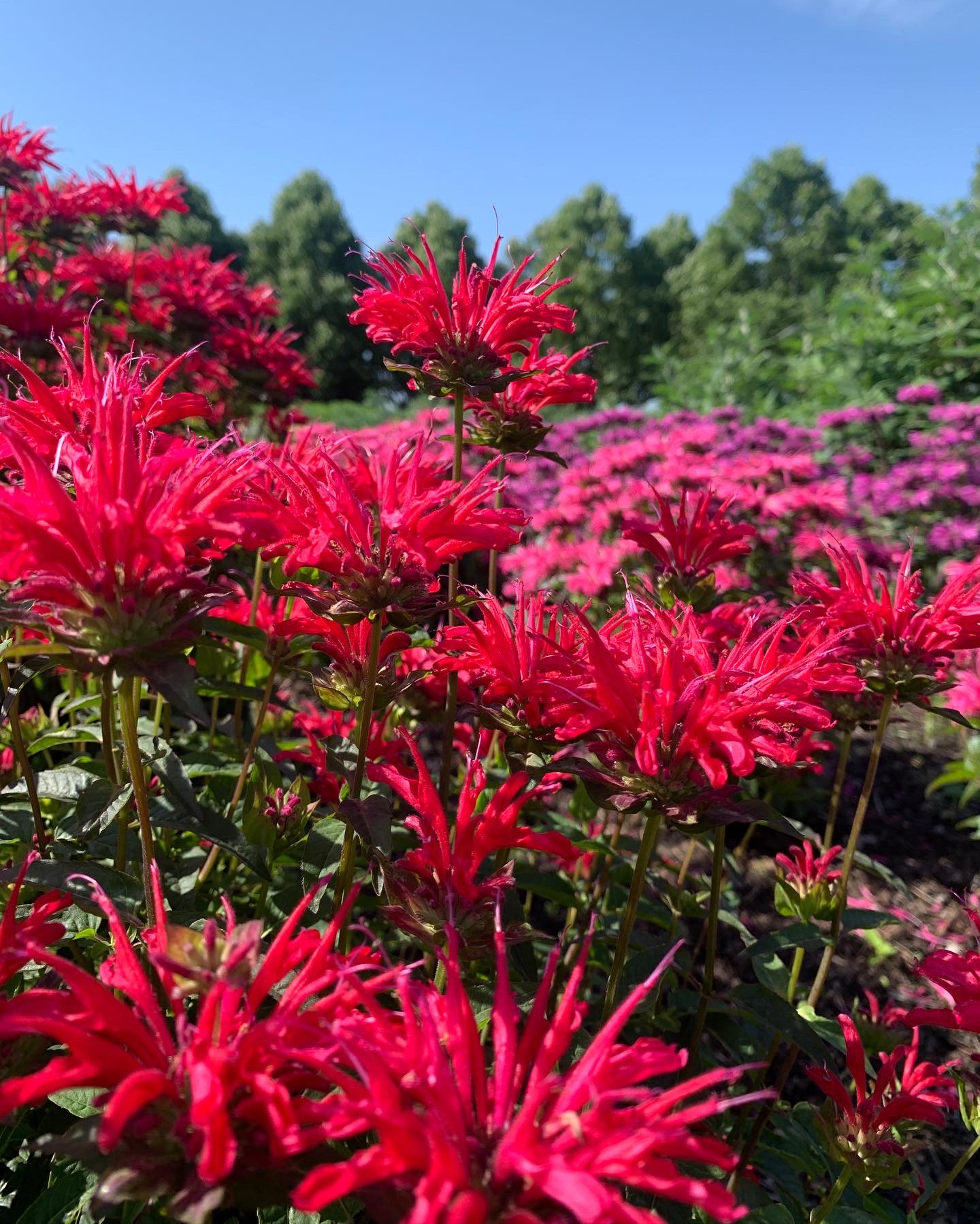
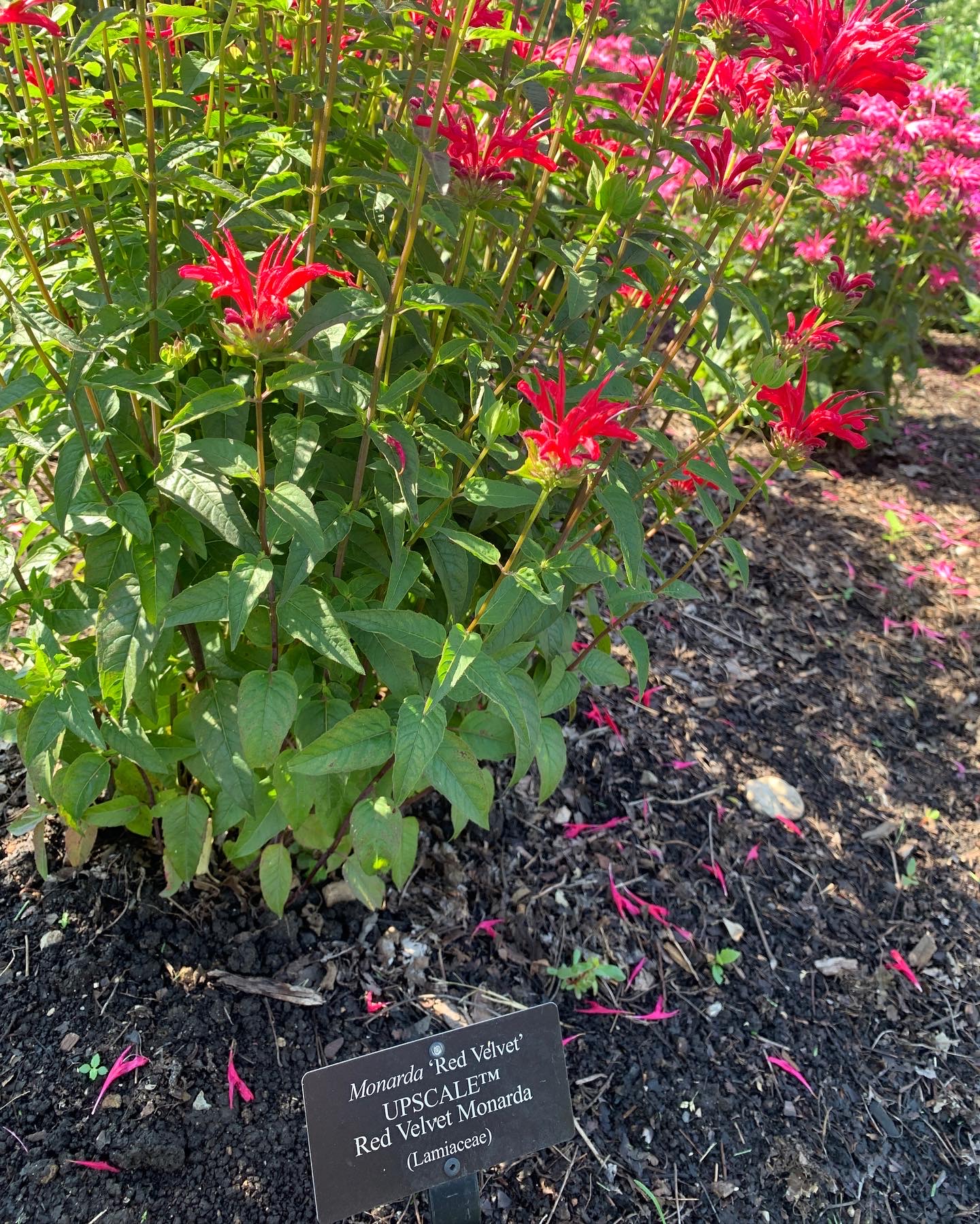
Suggested Reading:
https://www.fs.usda.gov/wildflowers/plant-of-the-week/monarda_didyma.shtml
https://plants.usda.gov/DocumentLibrary/plantguide/pdf/pg_mofi.pdf
Citations
Elpel, Thomas J. (2021). Botany in a Day: The Patterns Method of Plant Identification, An Herbal Field Guide to Plant Families of North America (6th ed.). Hops Press.
Mohlenbrock, Robert H. (2002). Vascular Flora of Illinois. Southern Illinois University Press.

